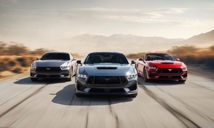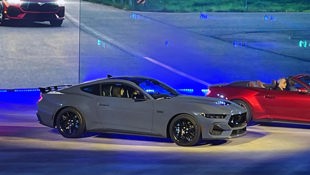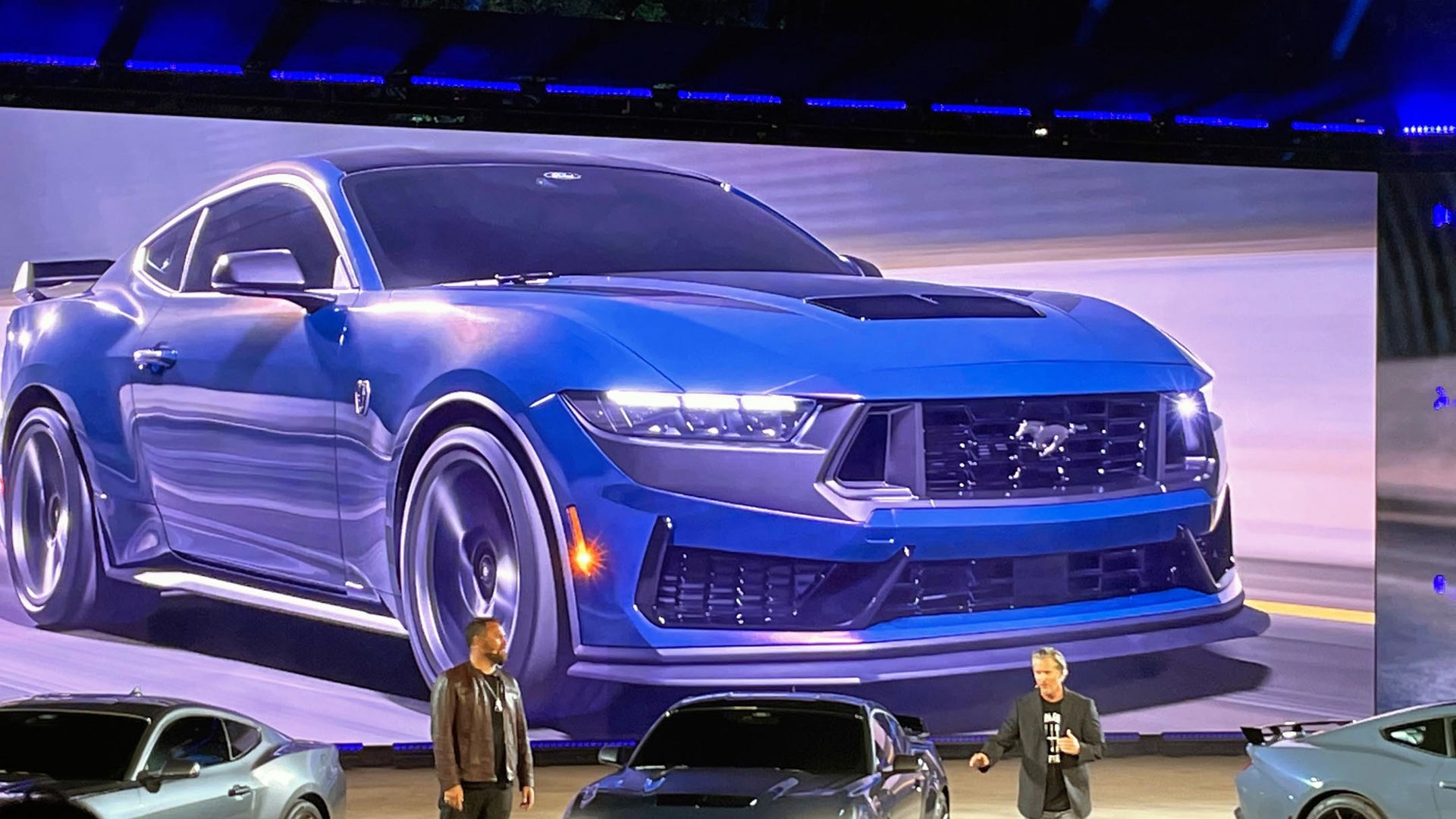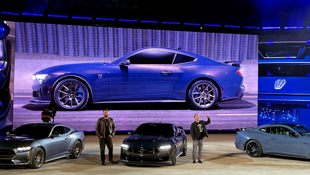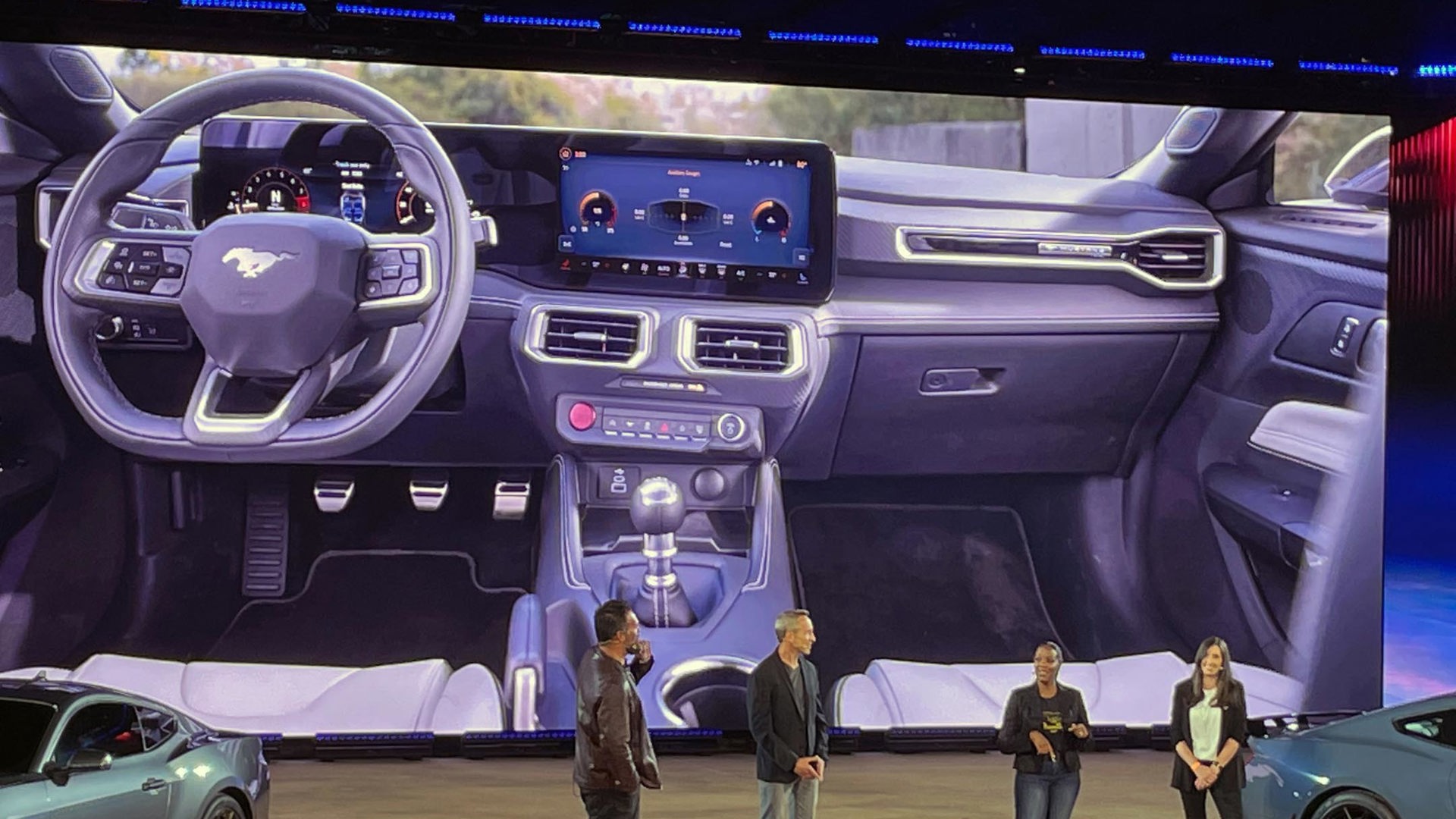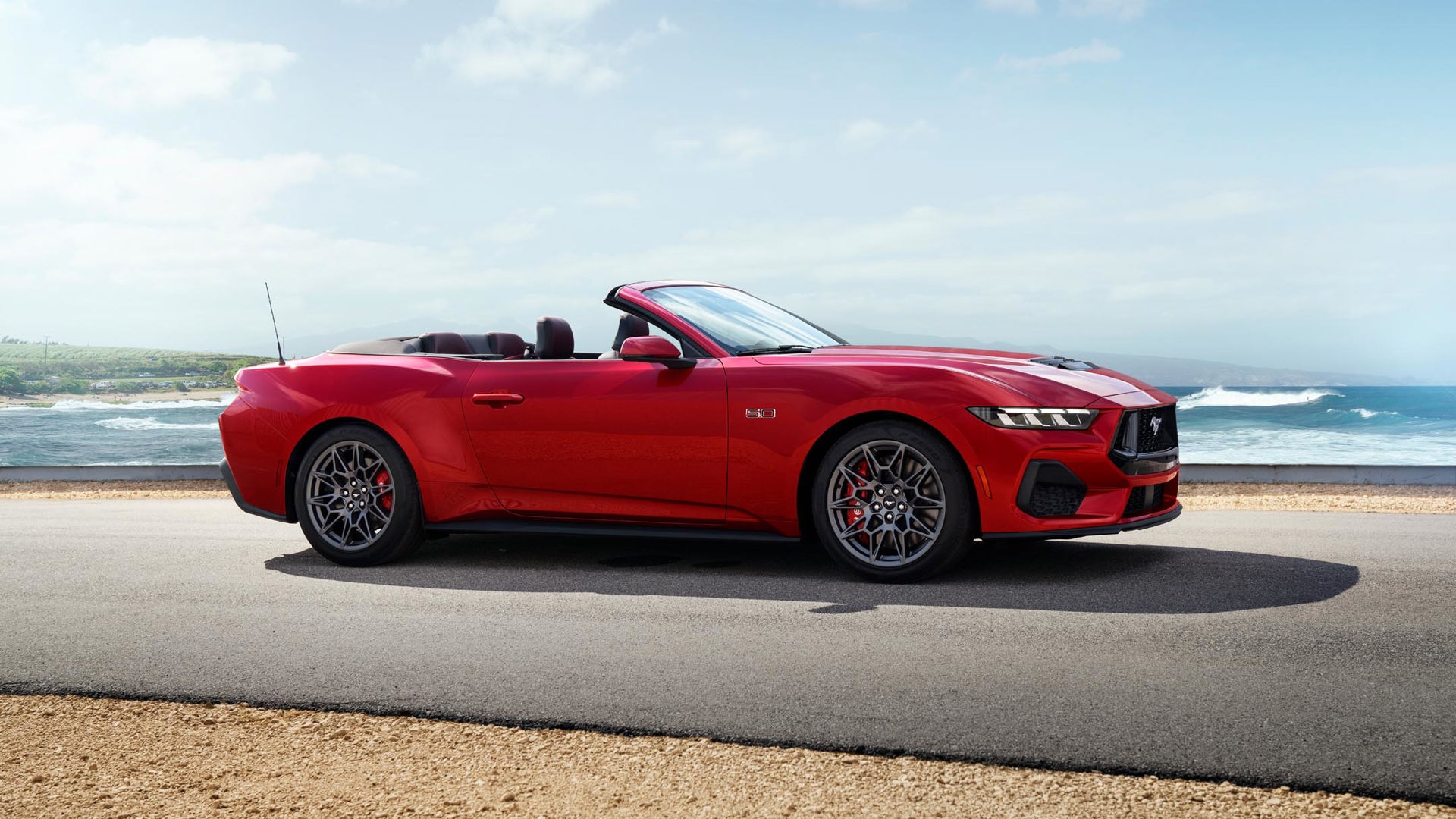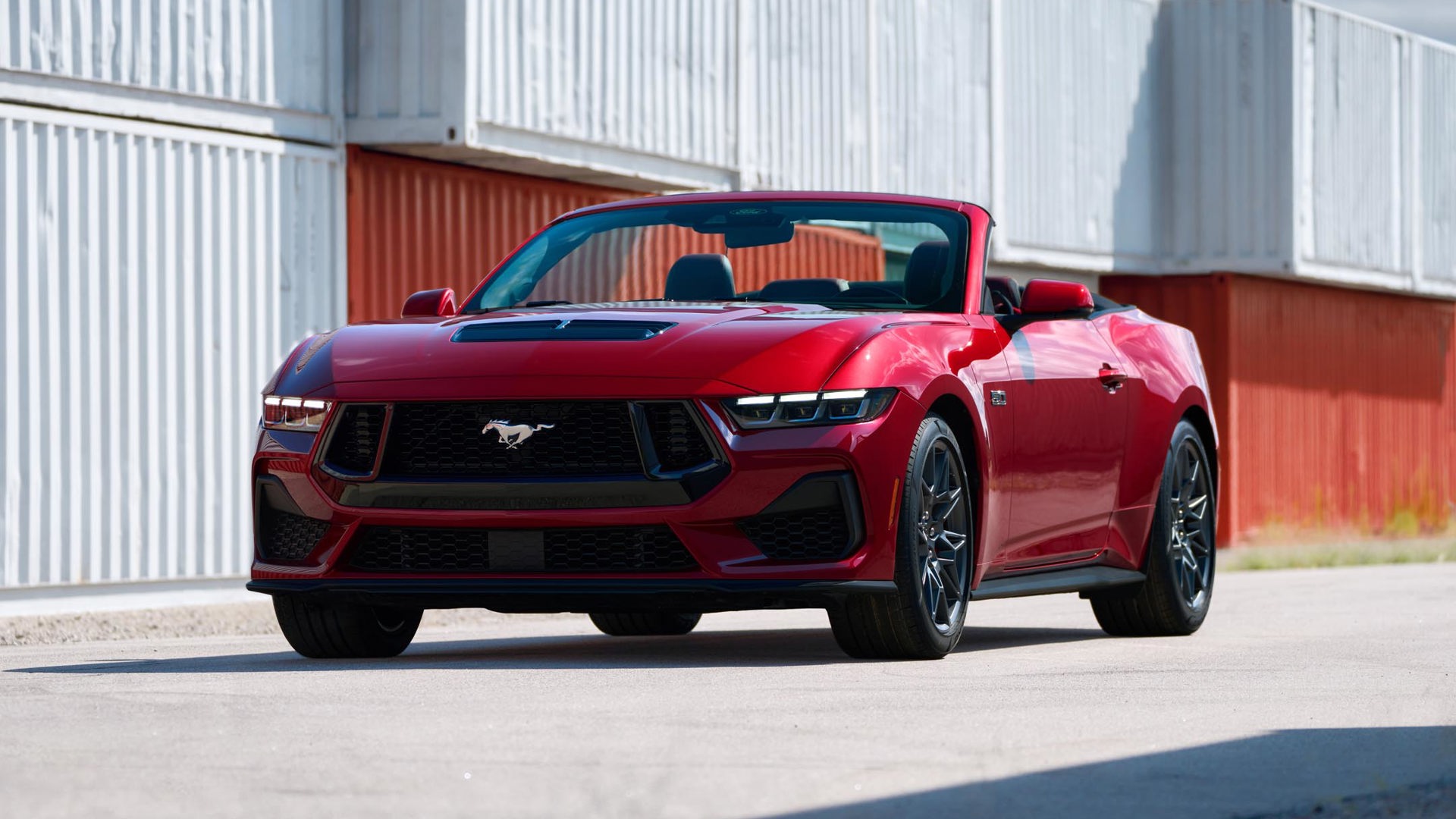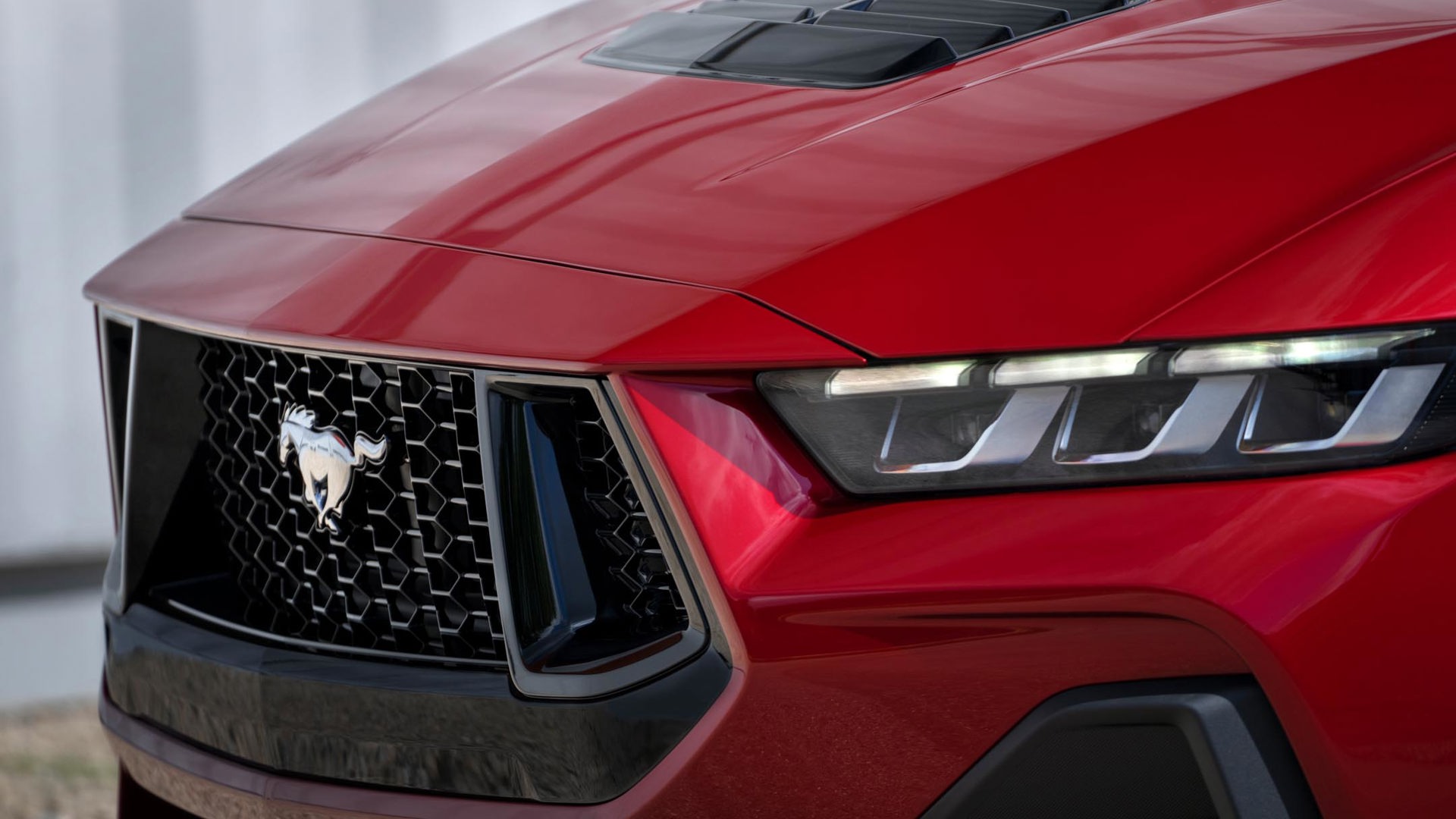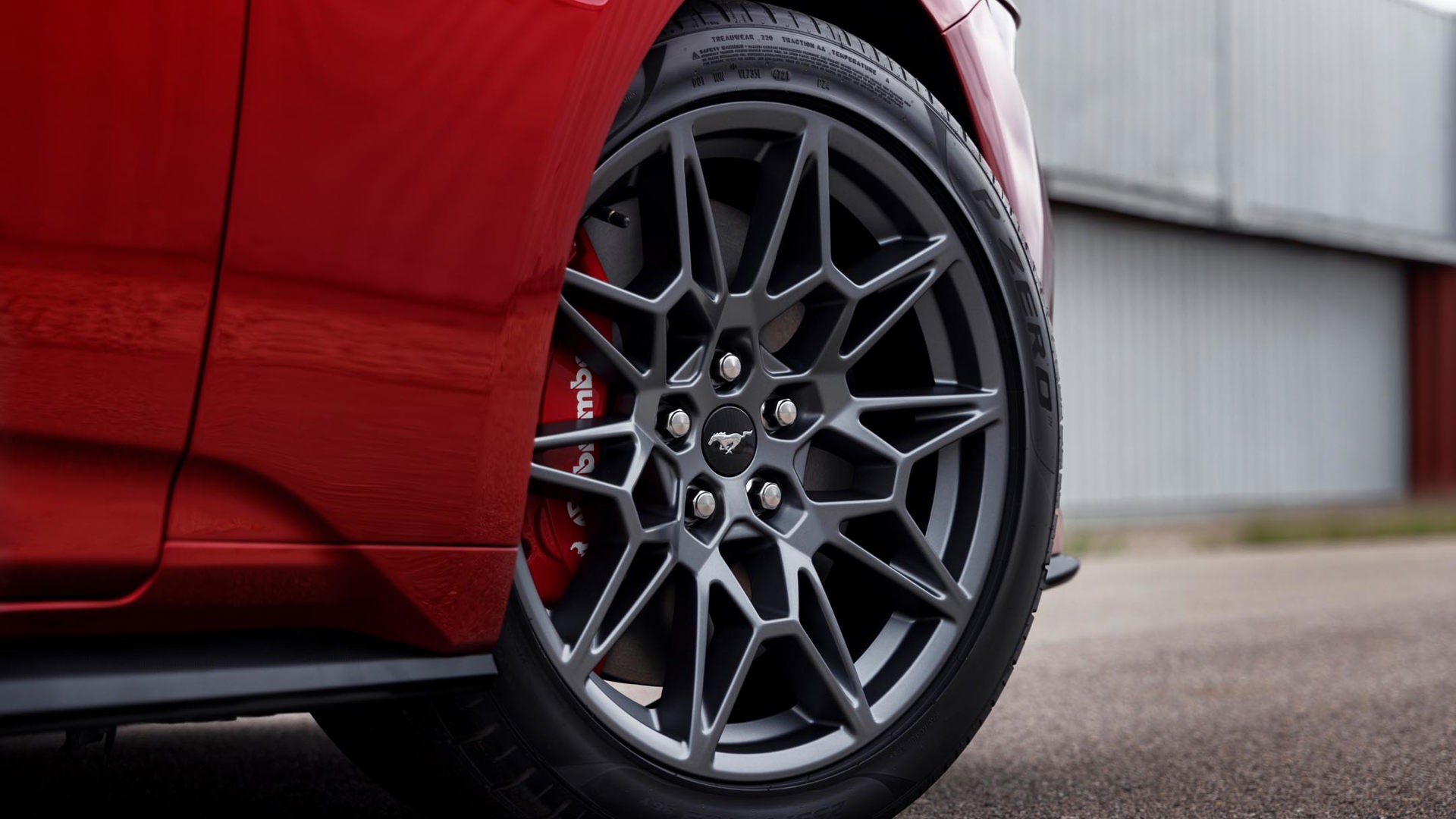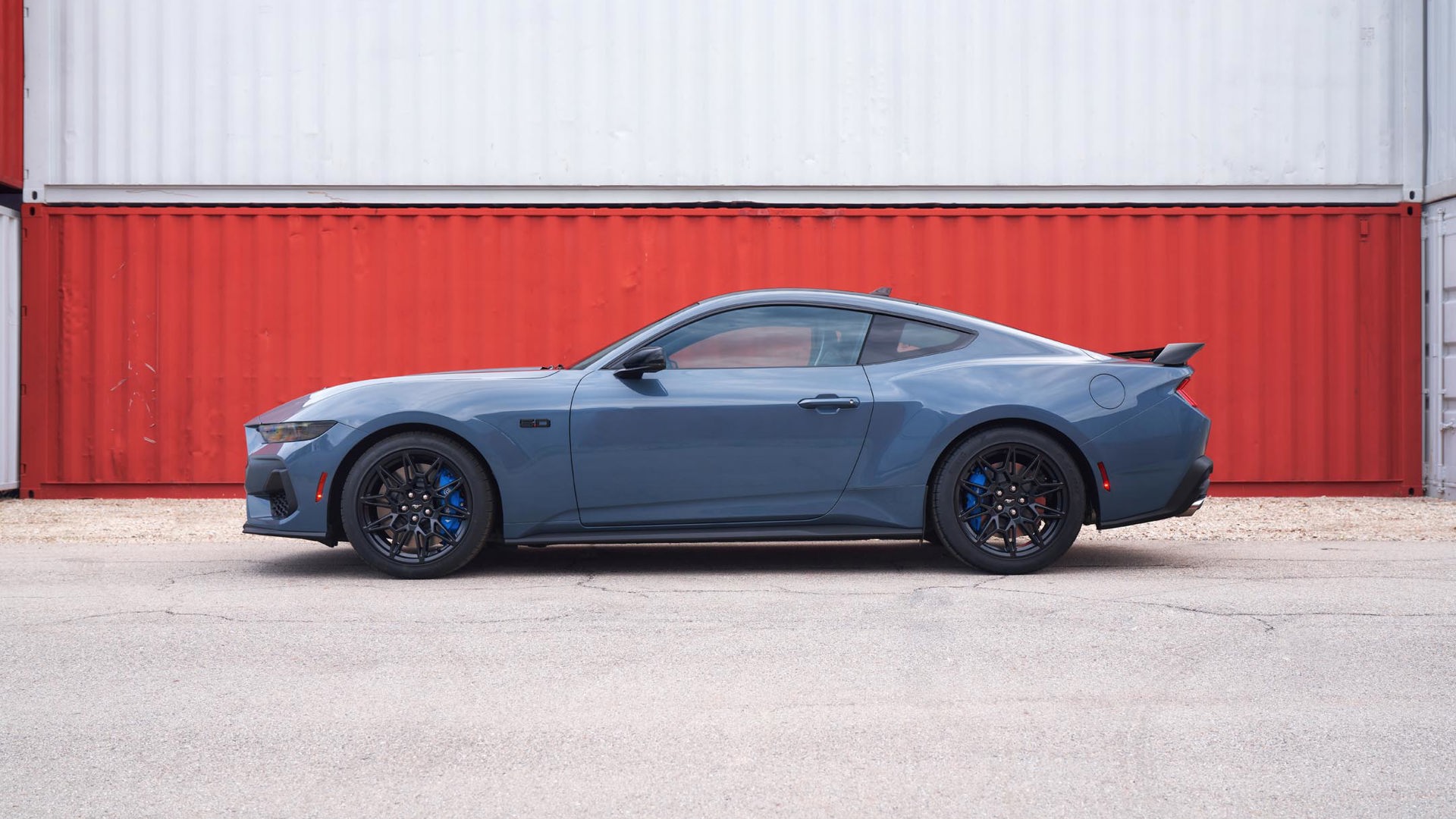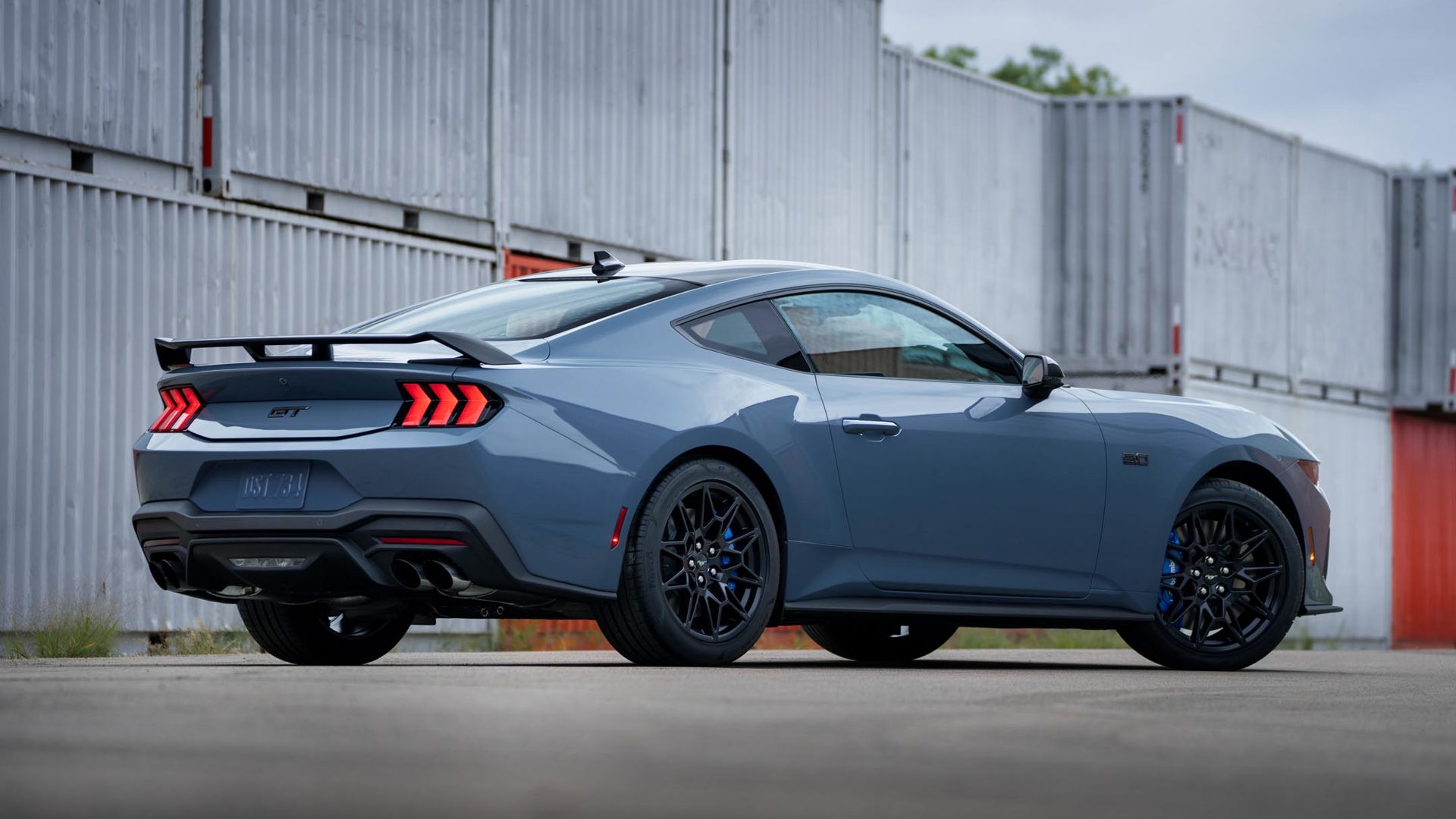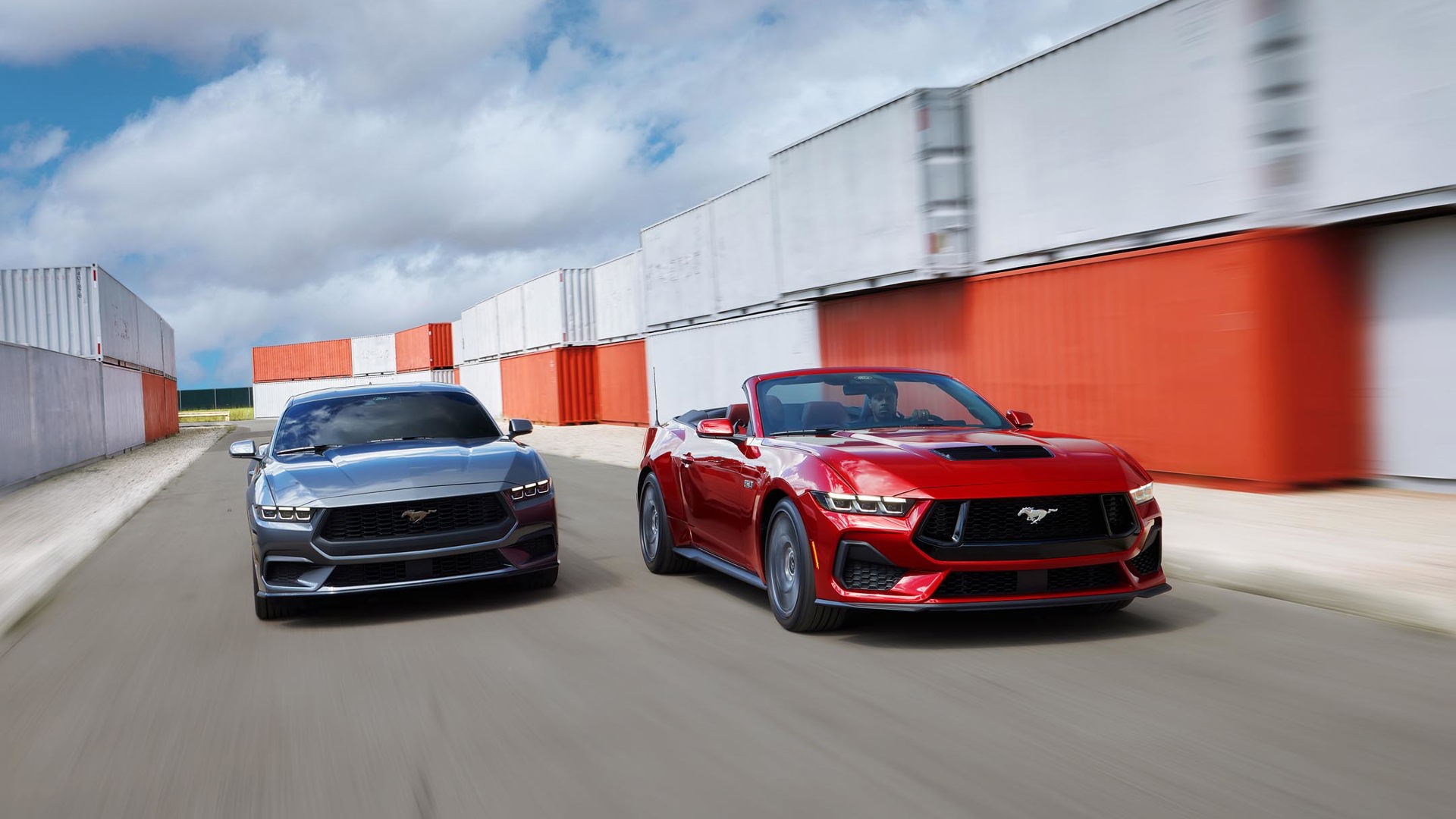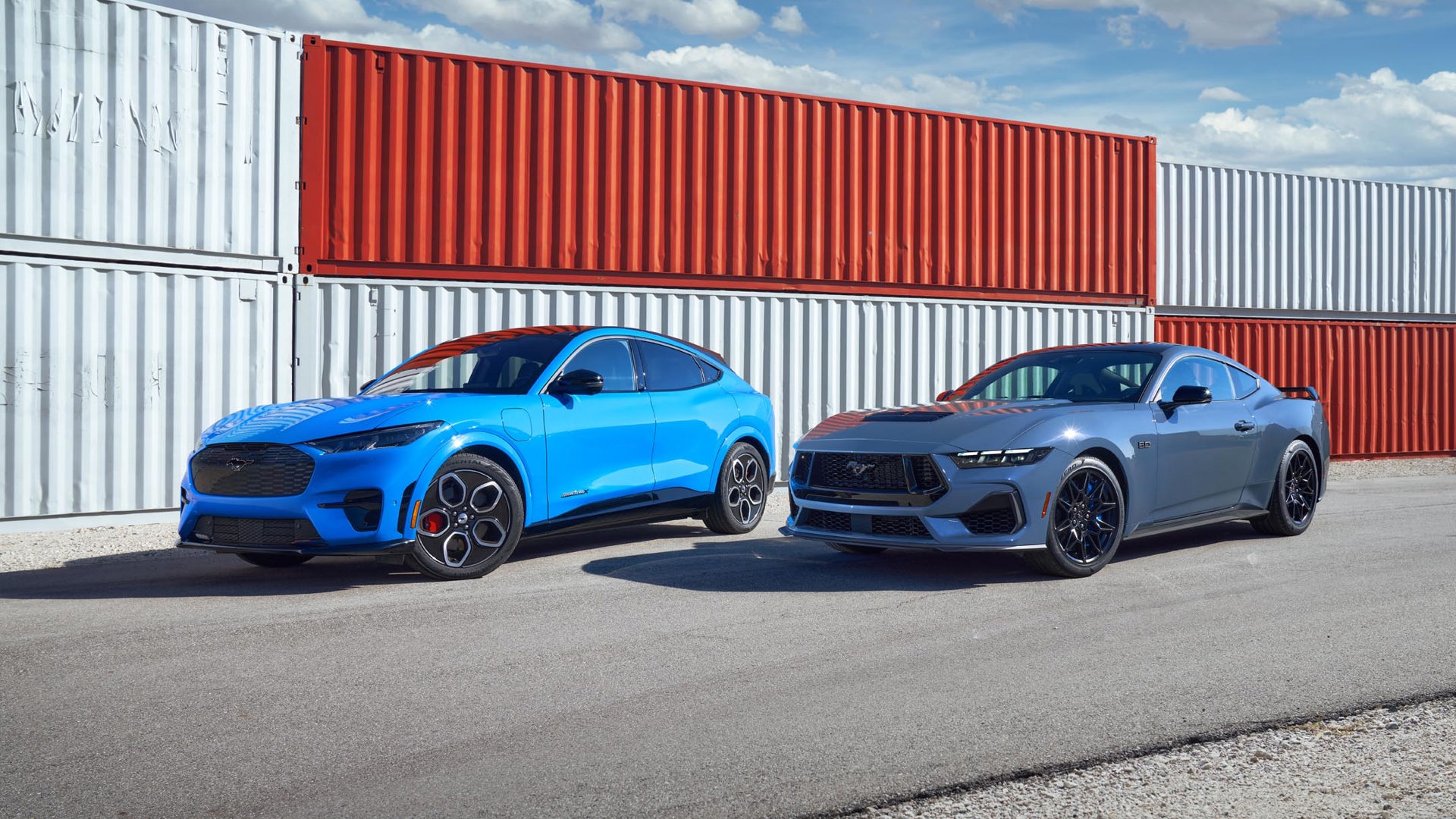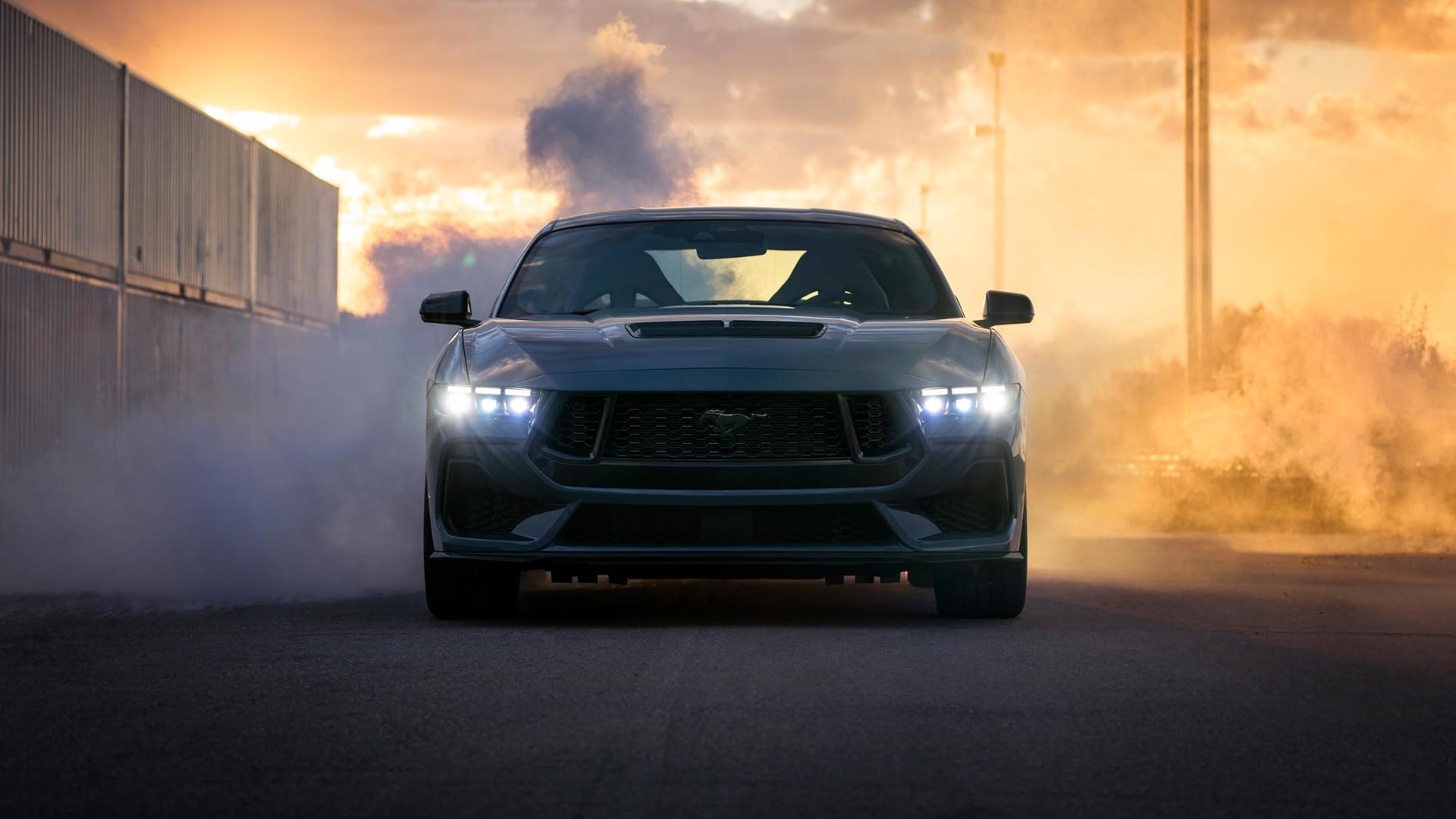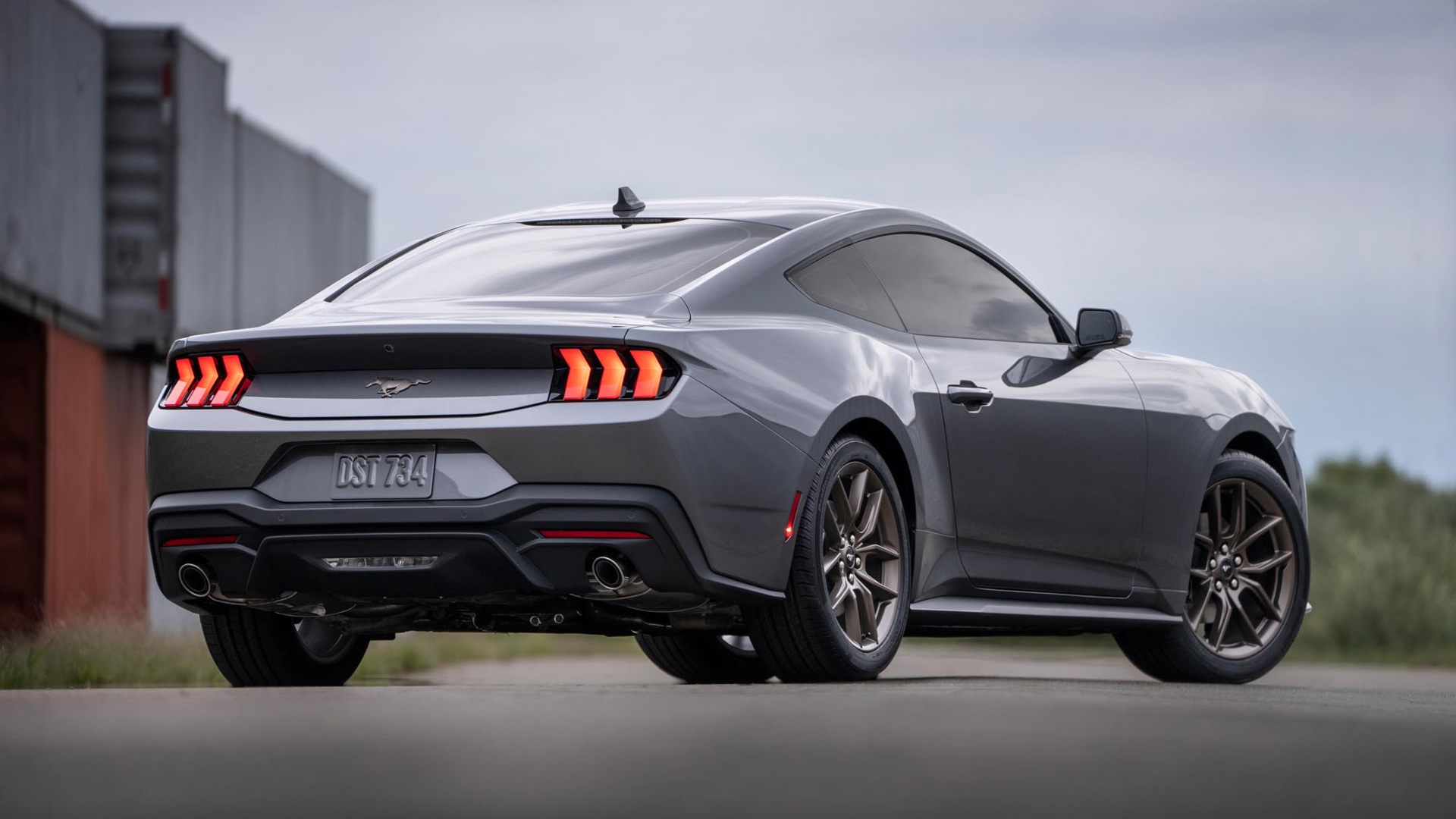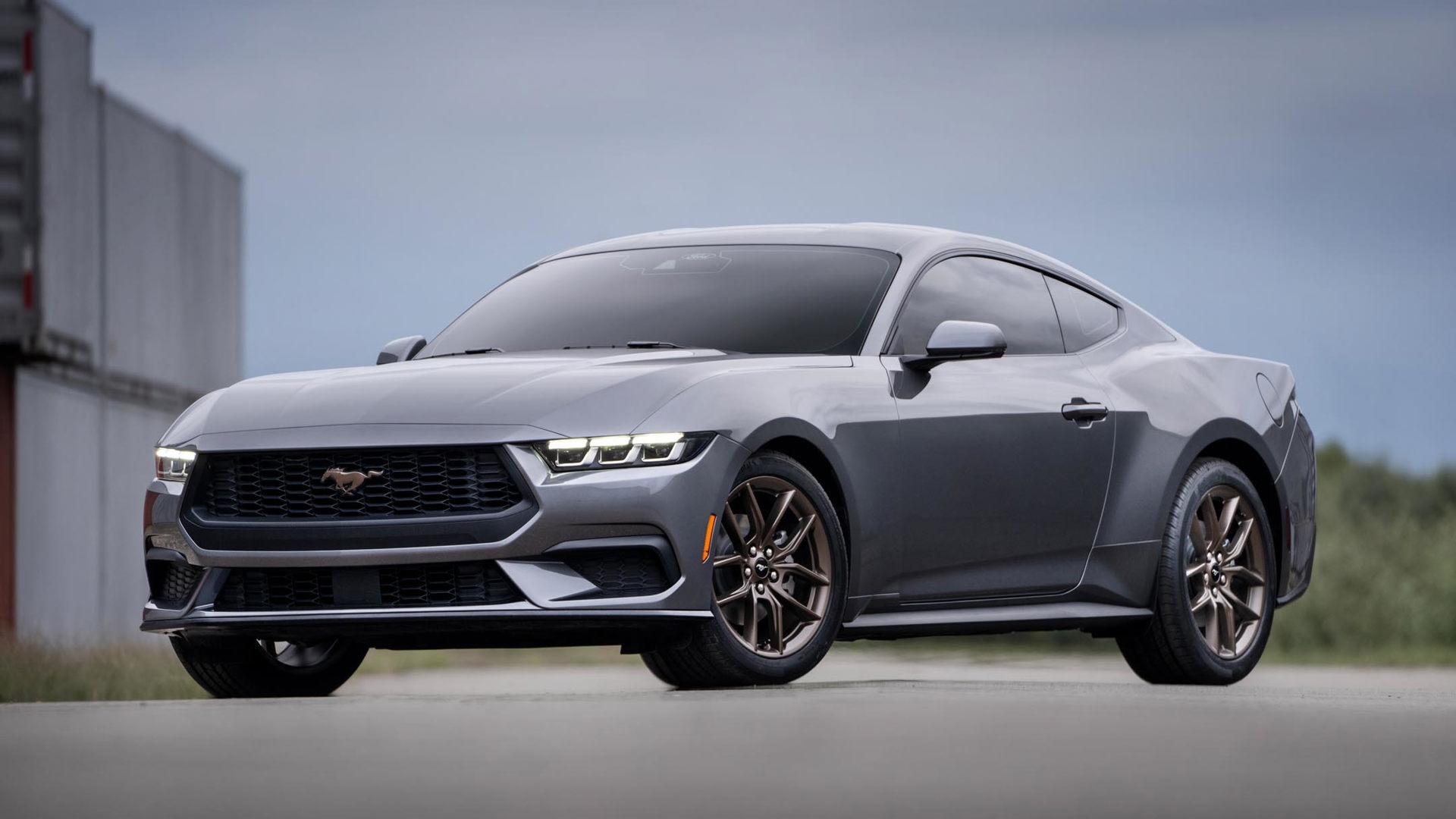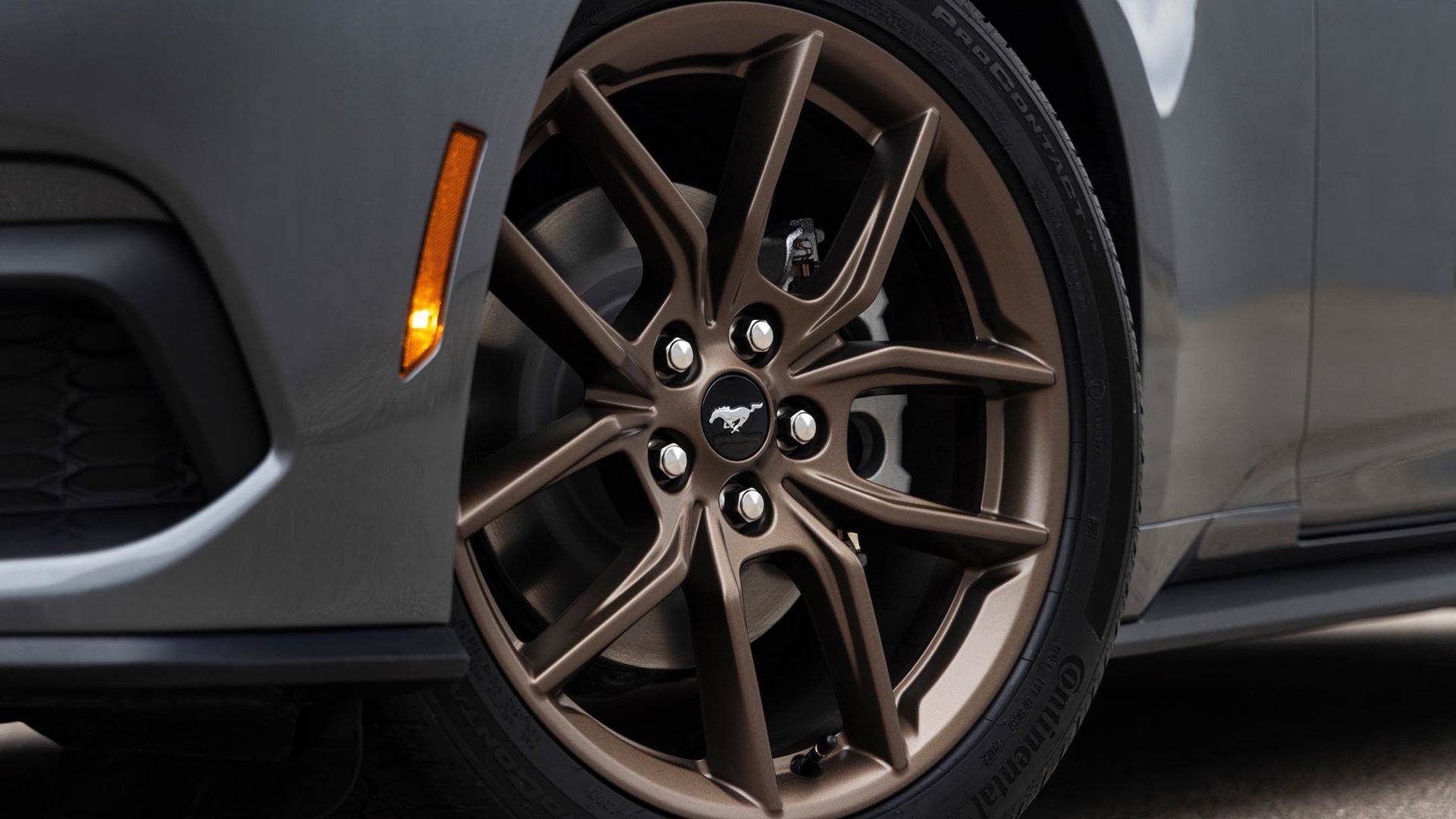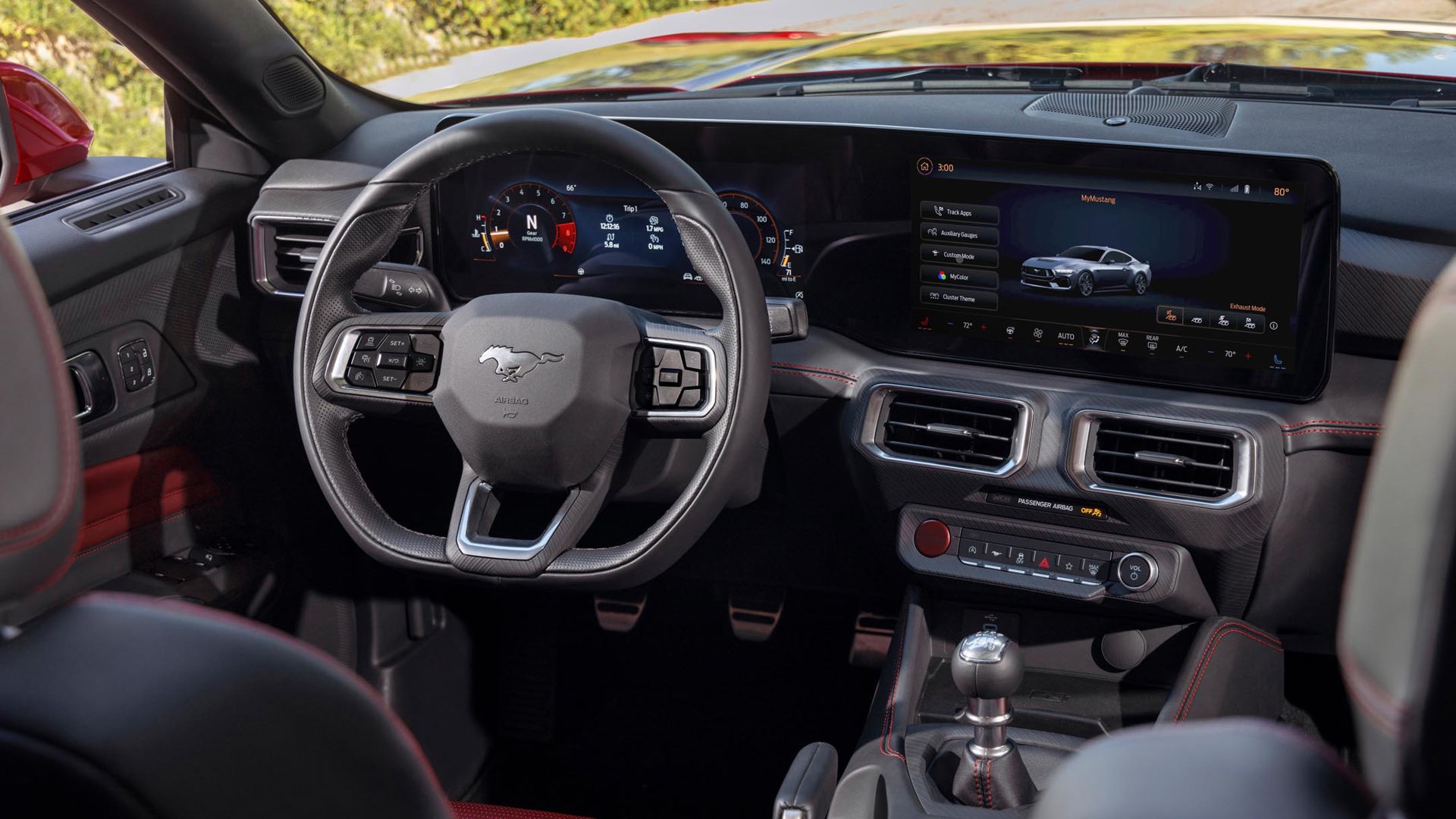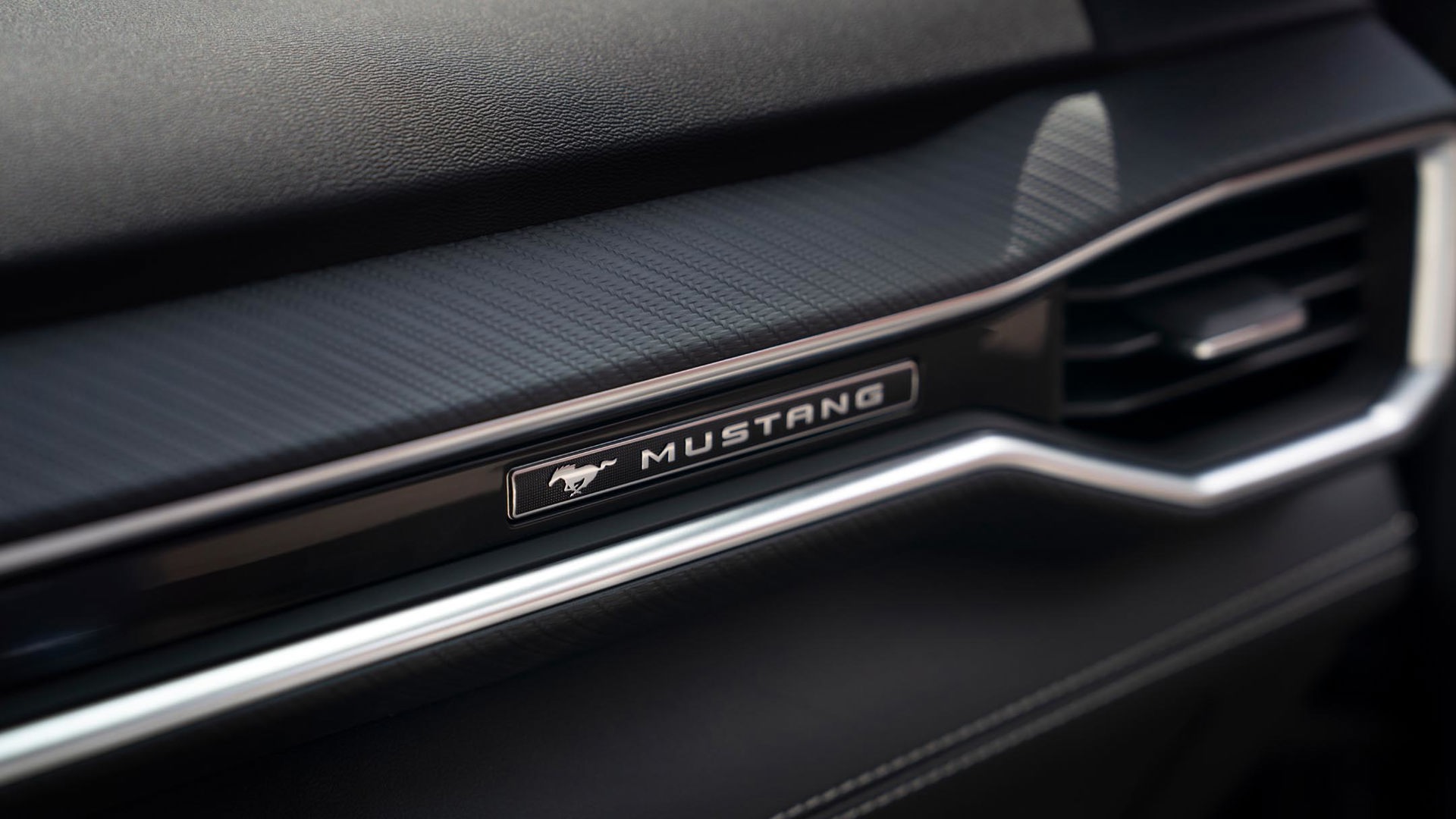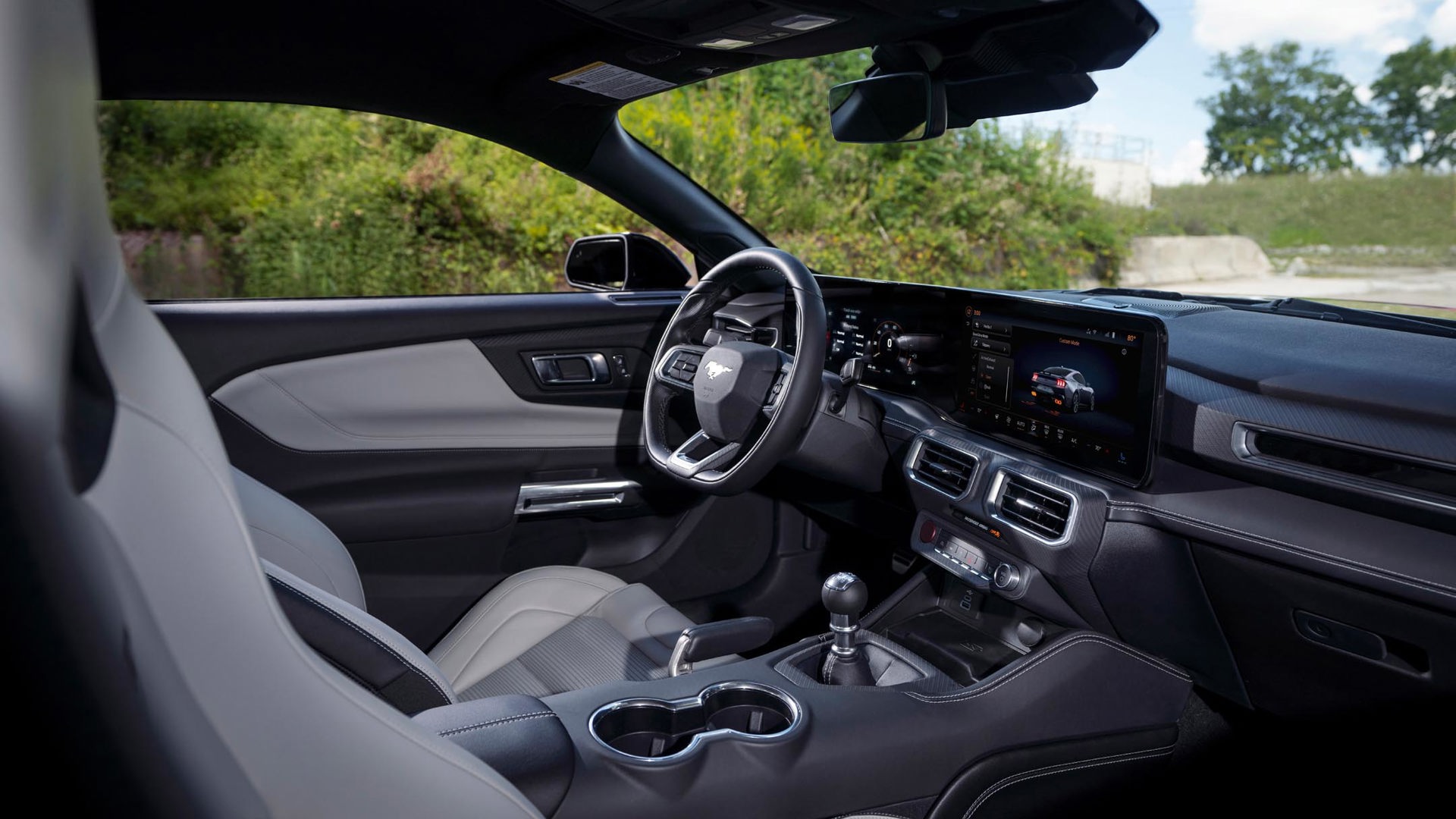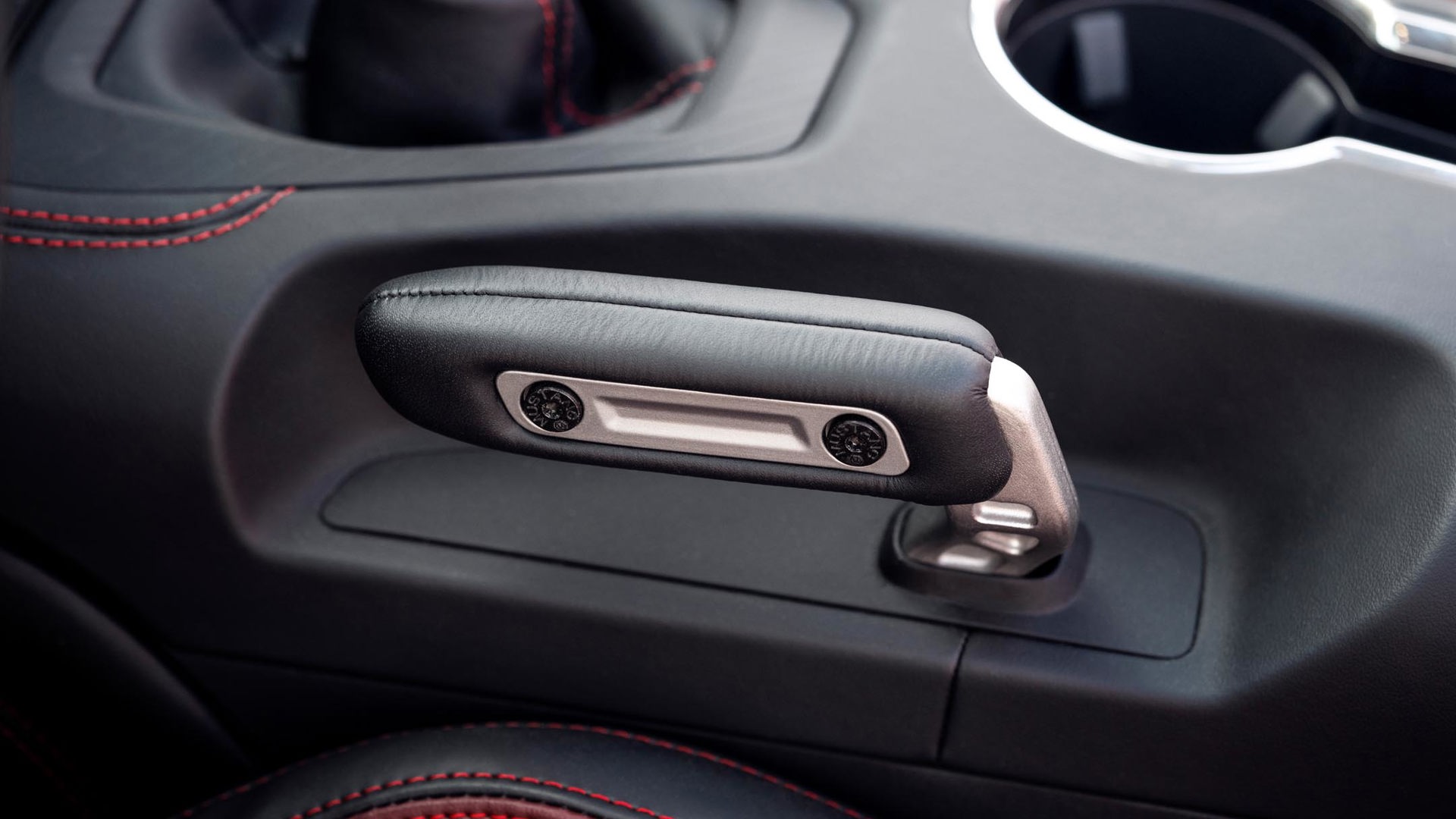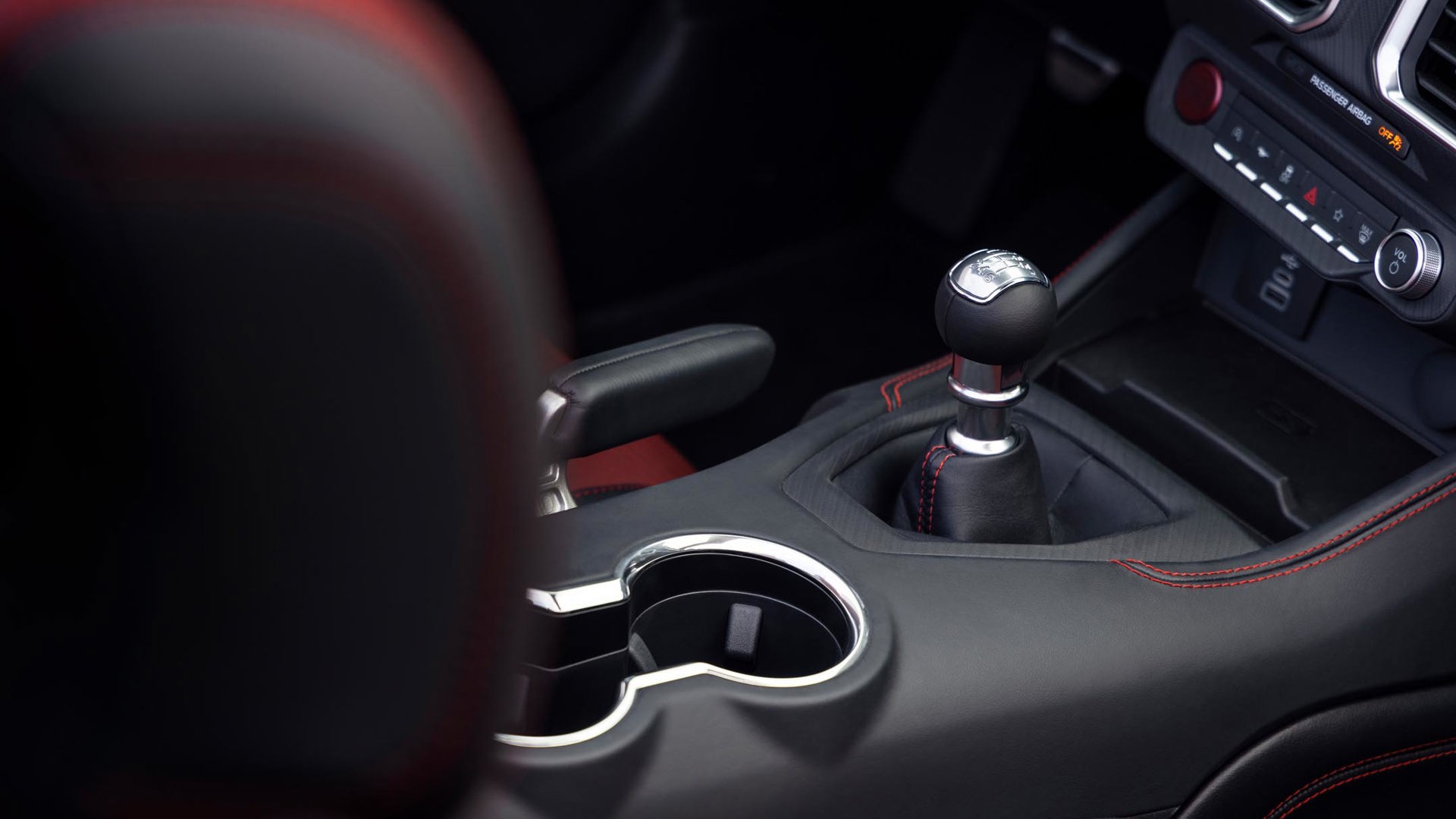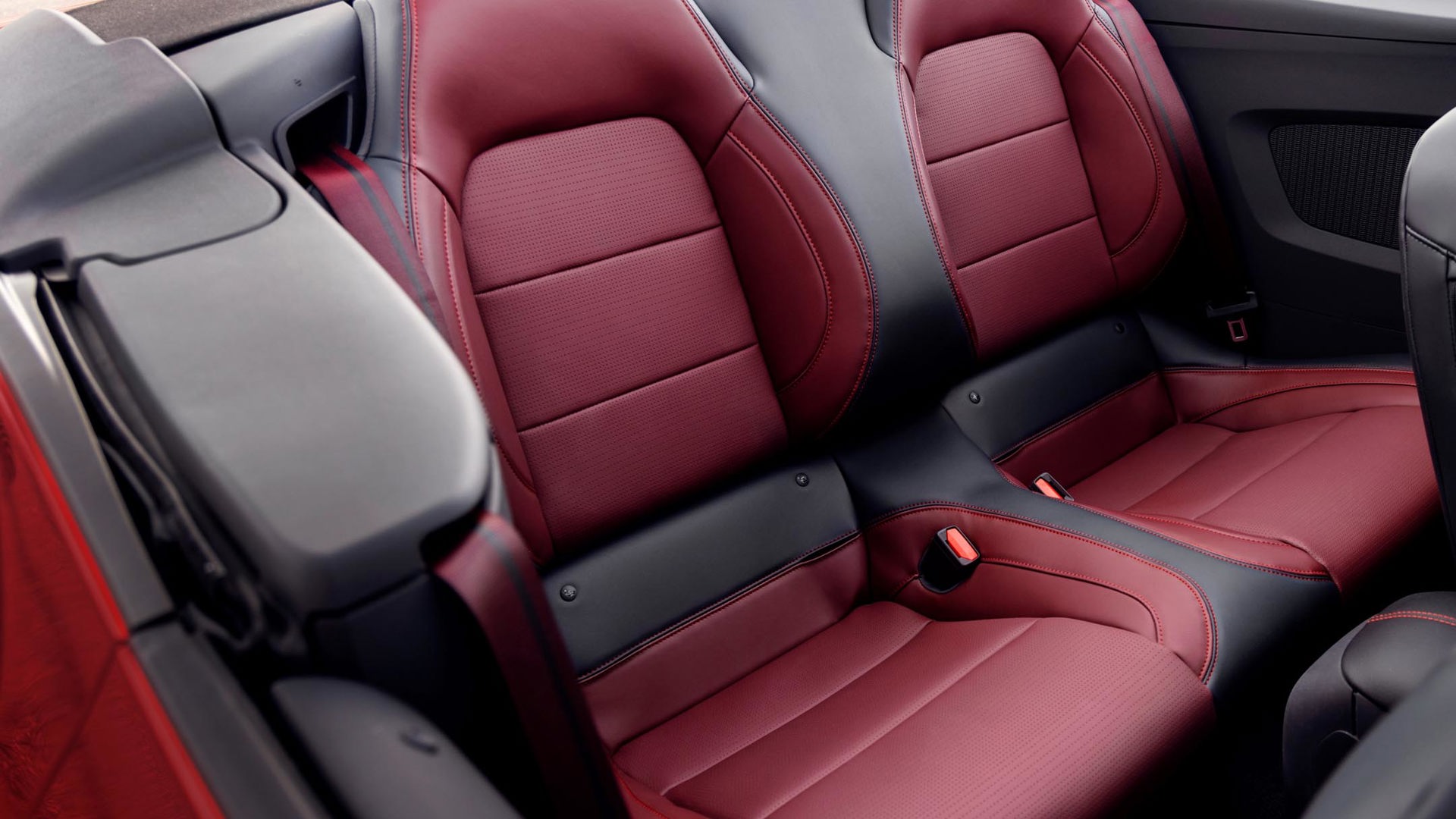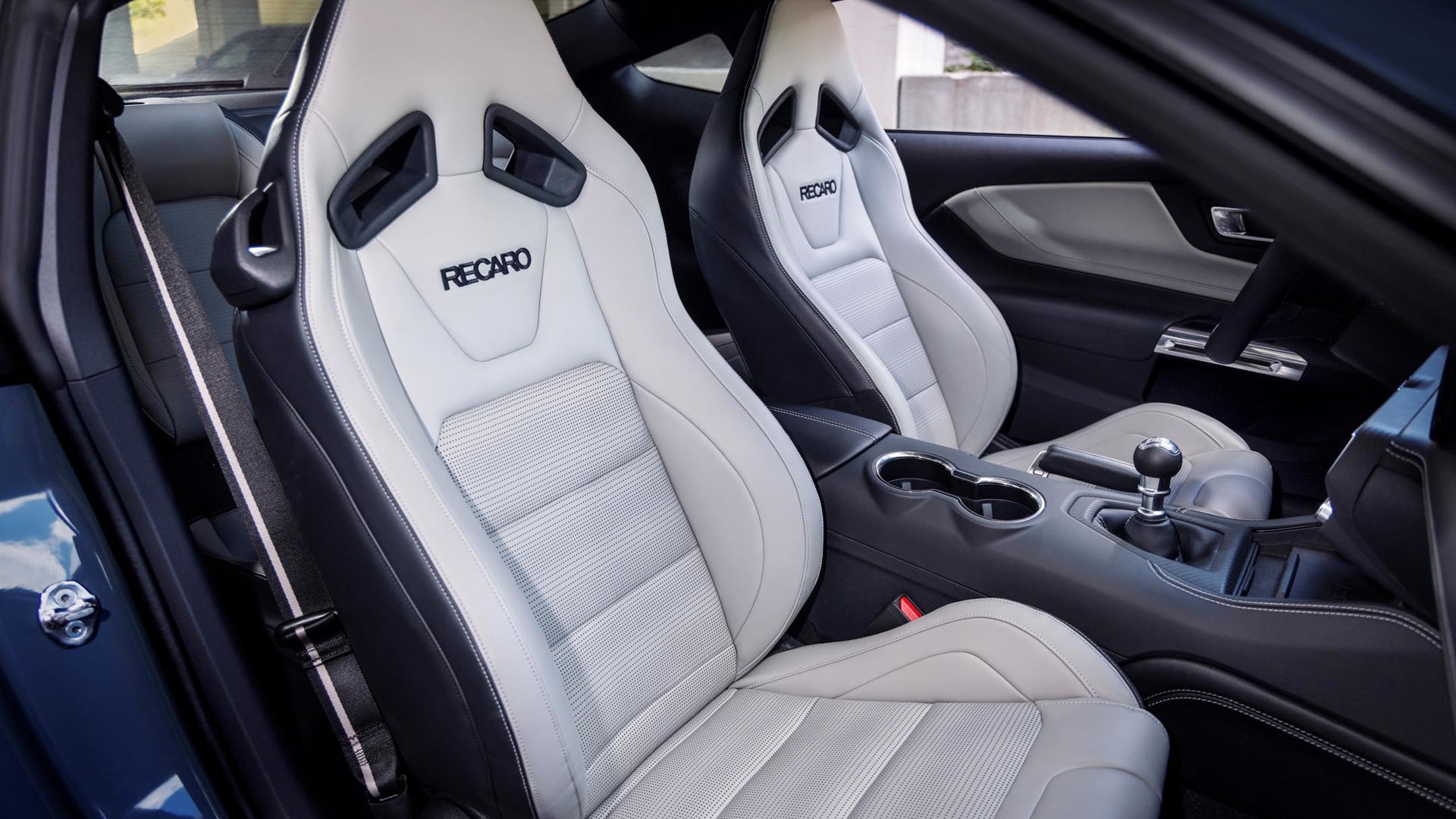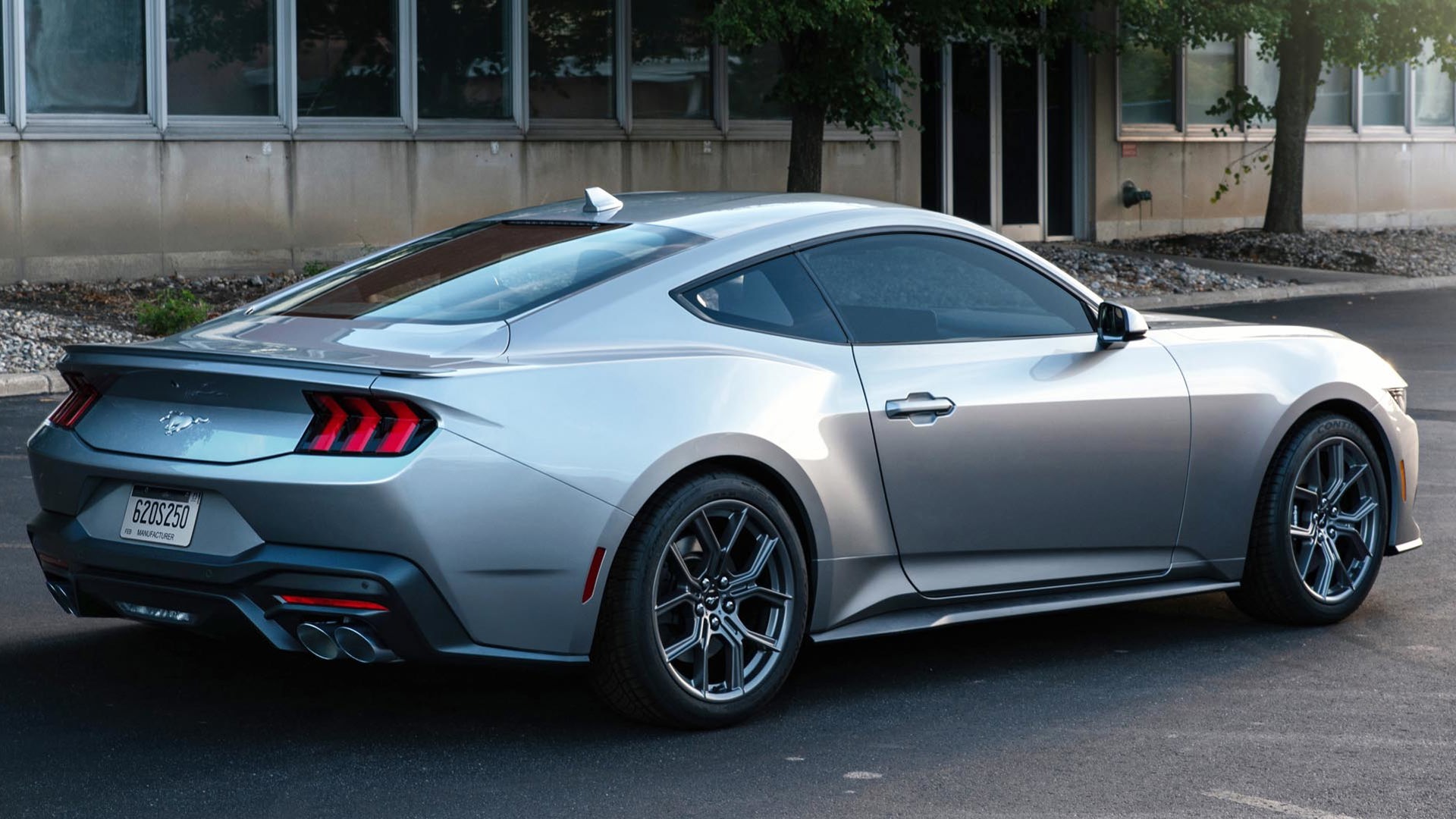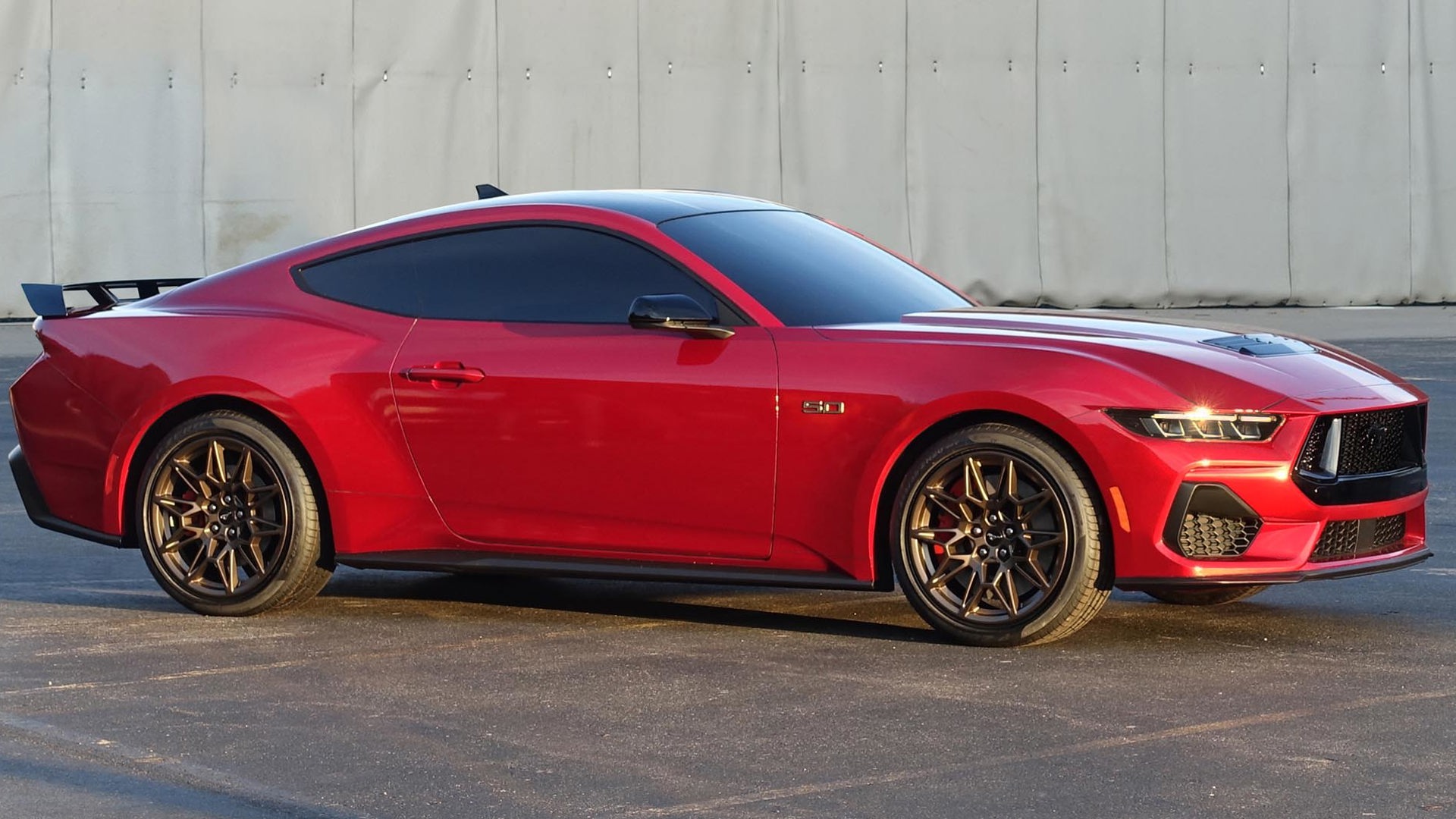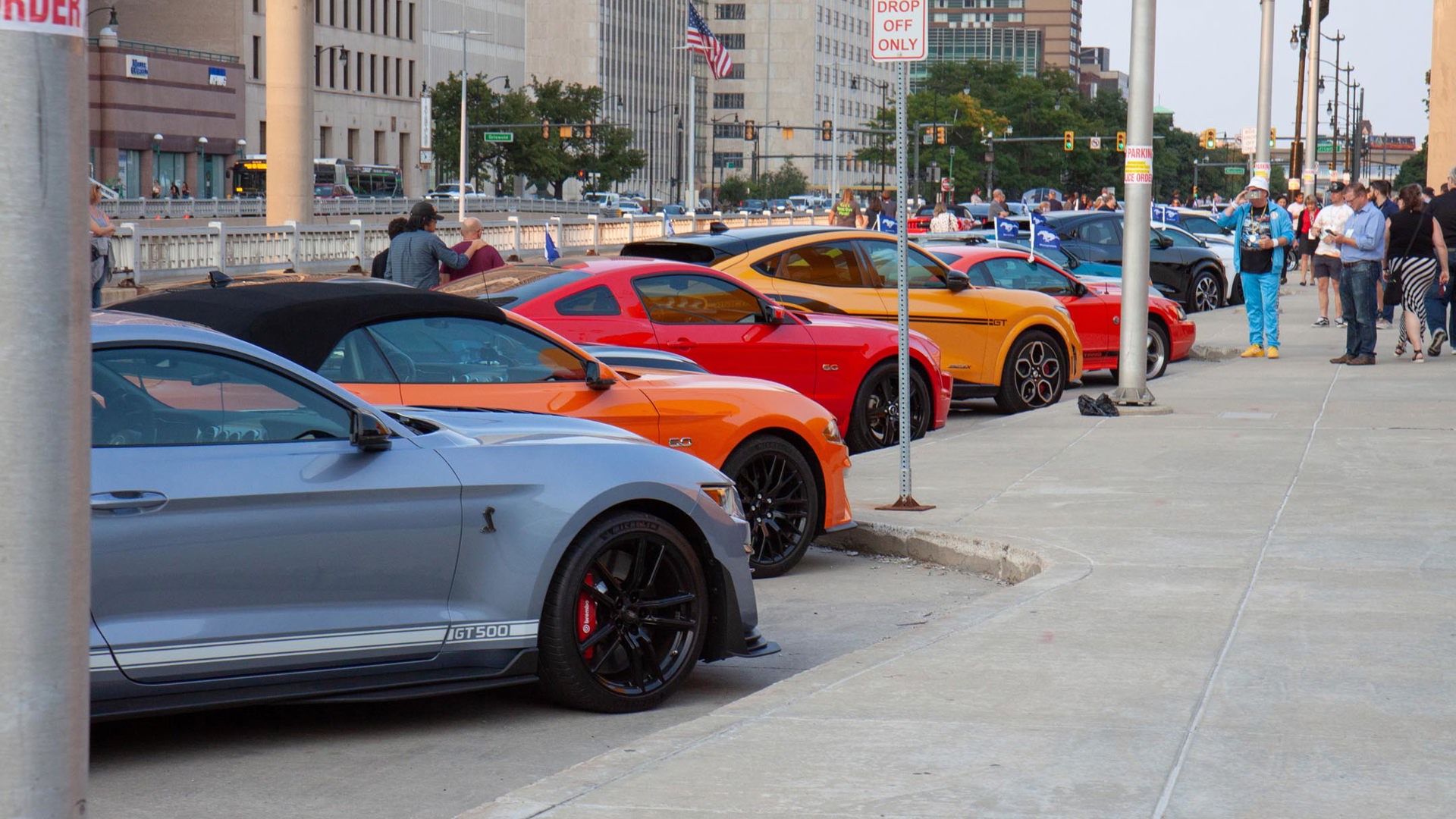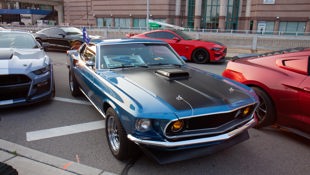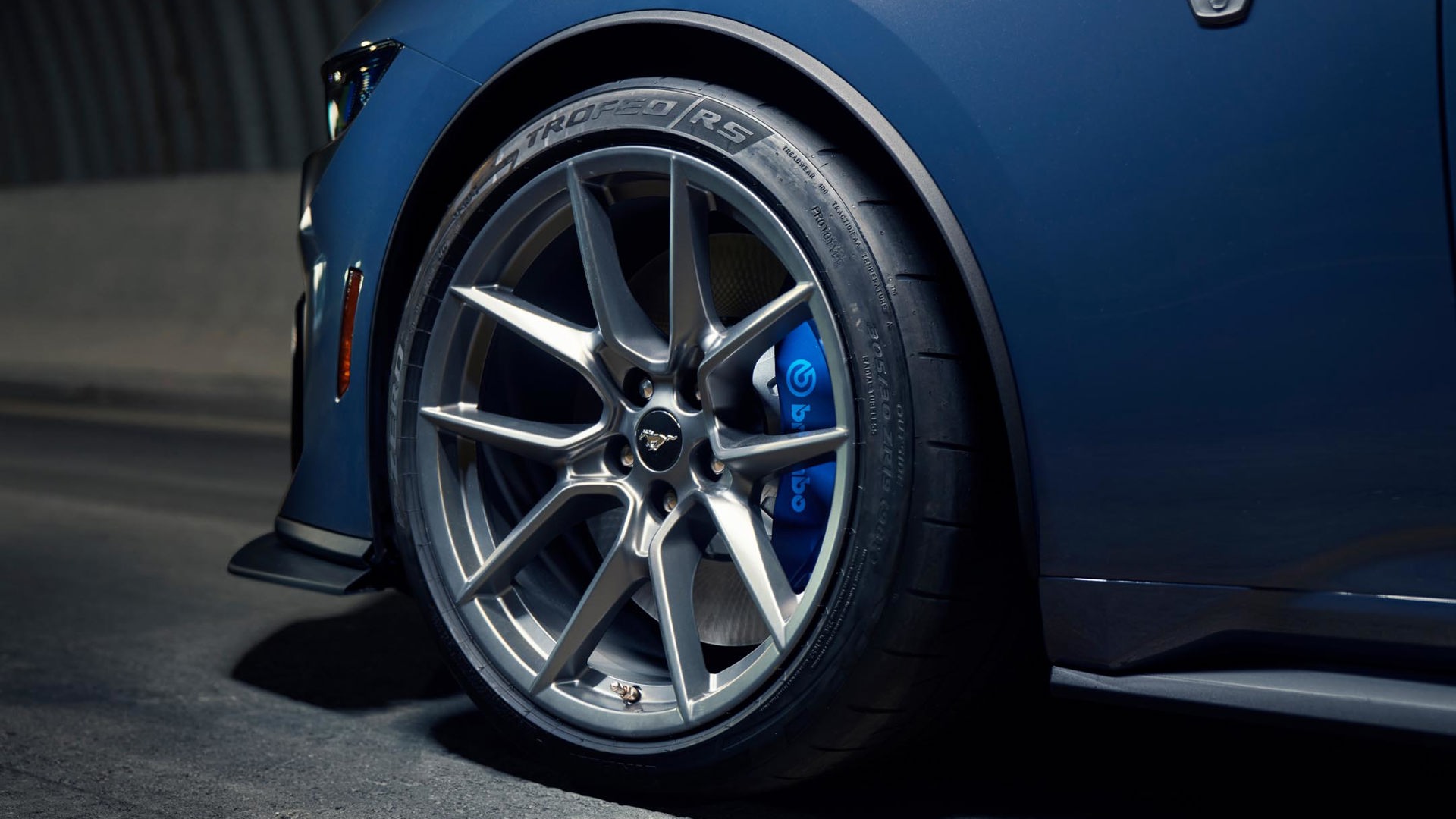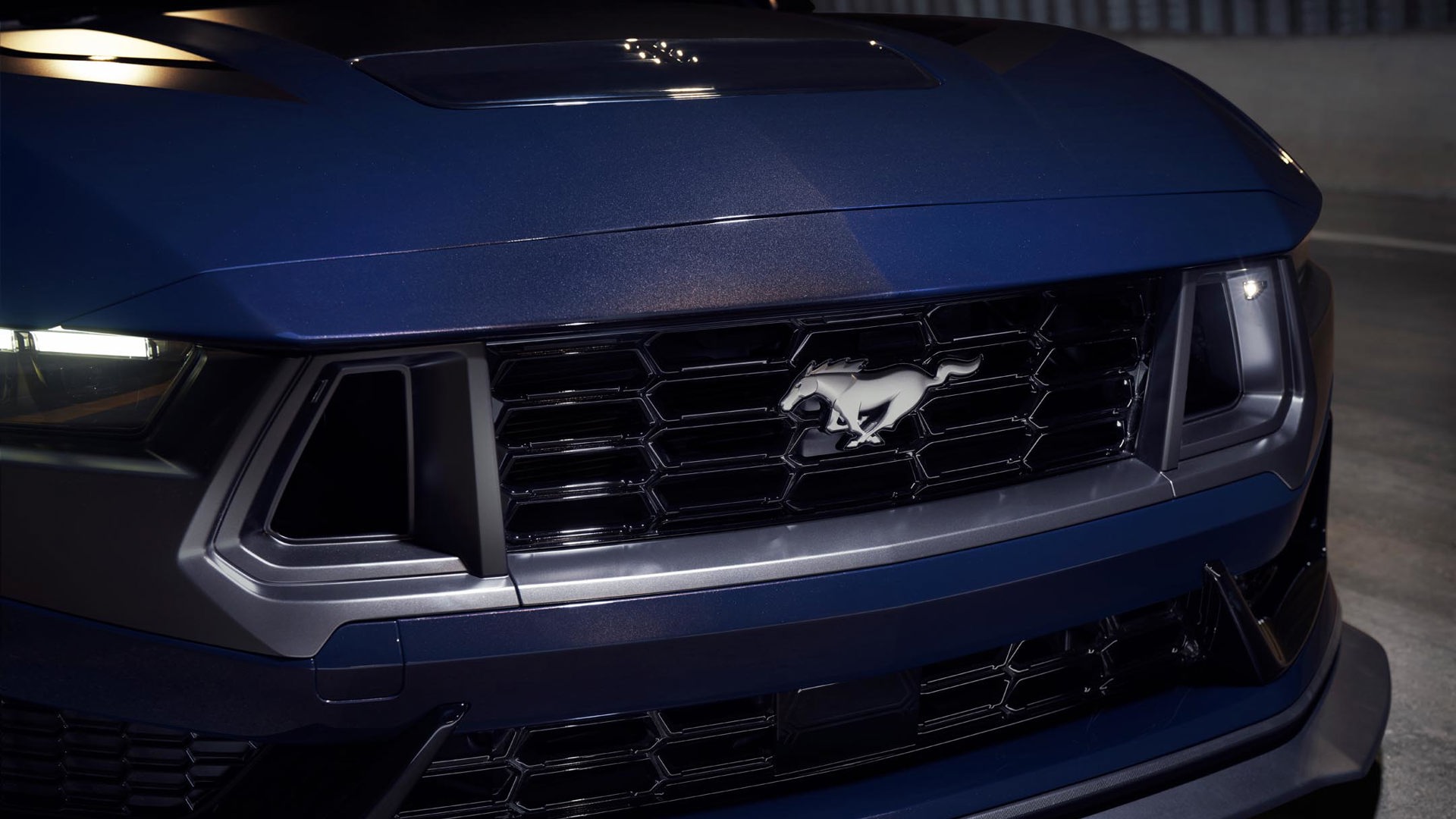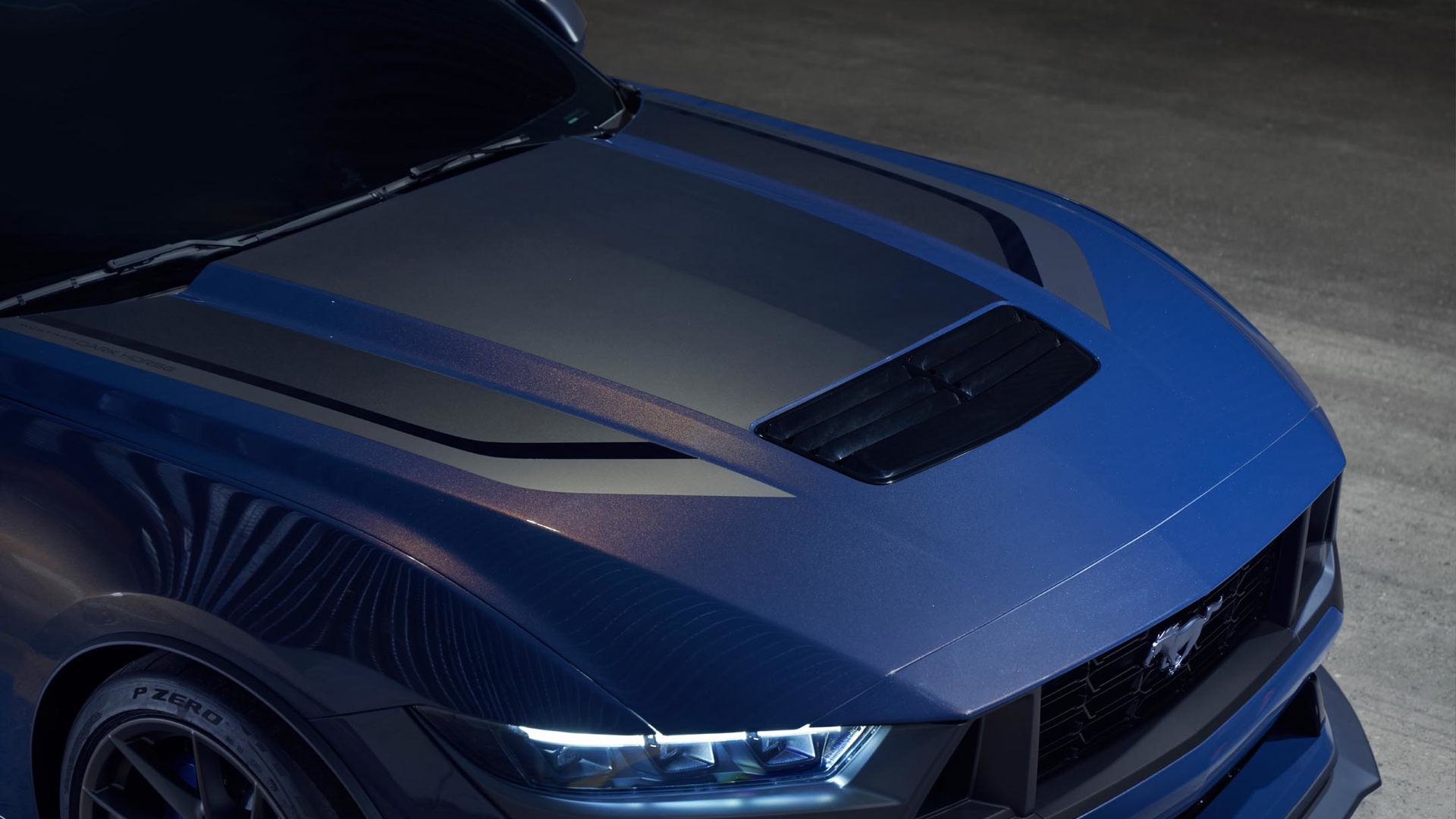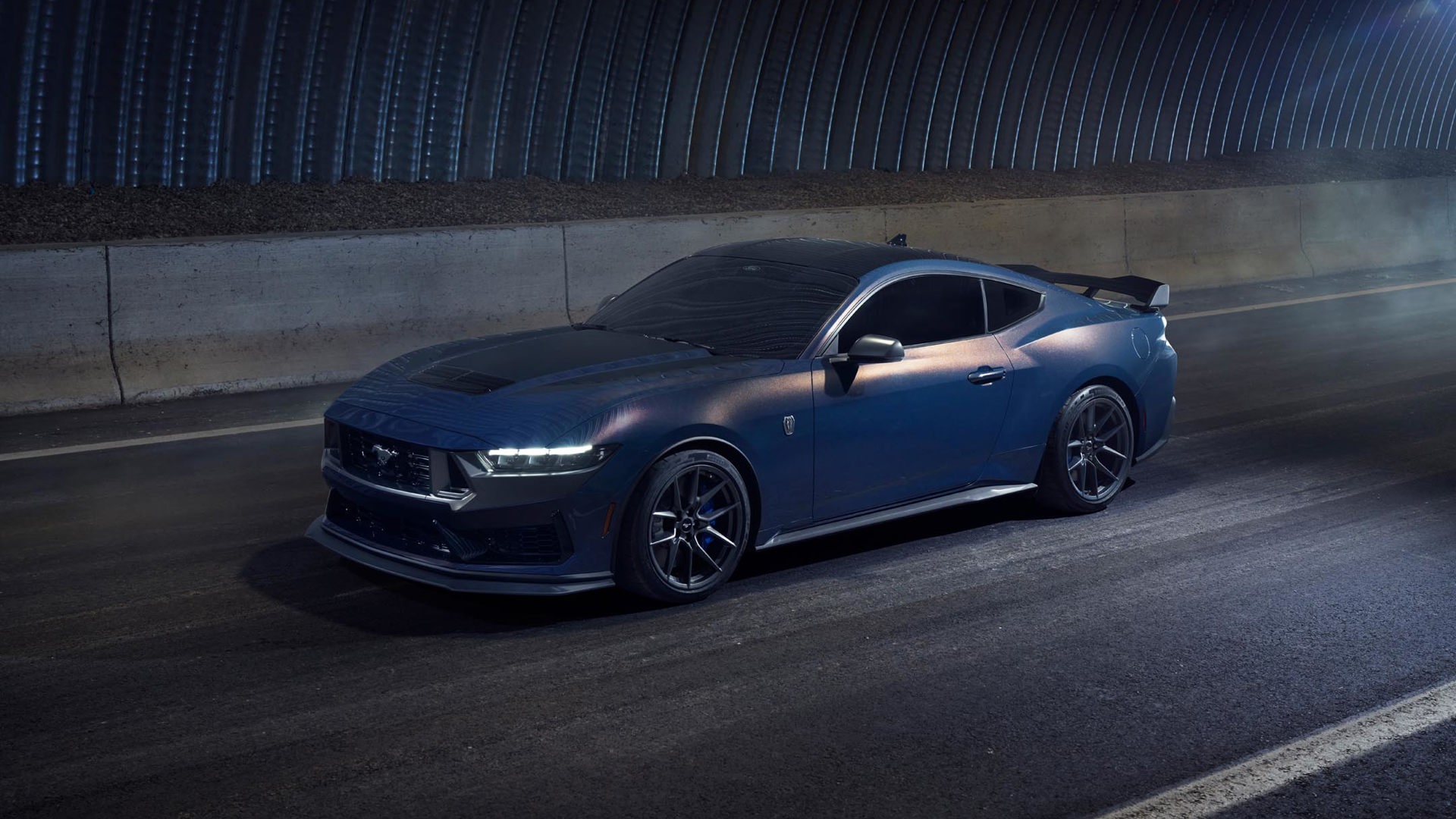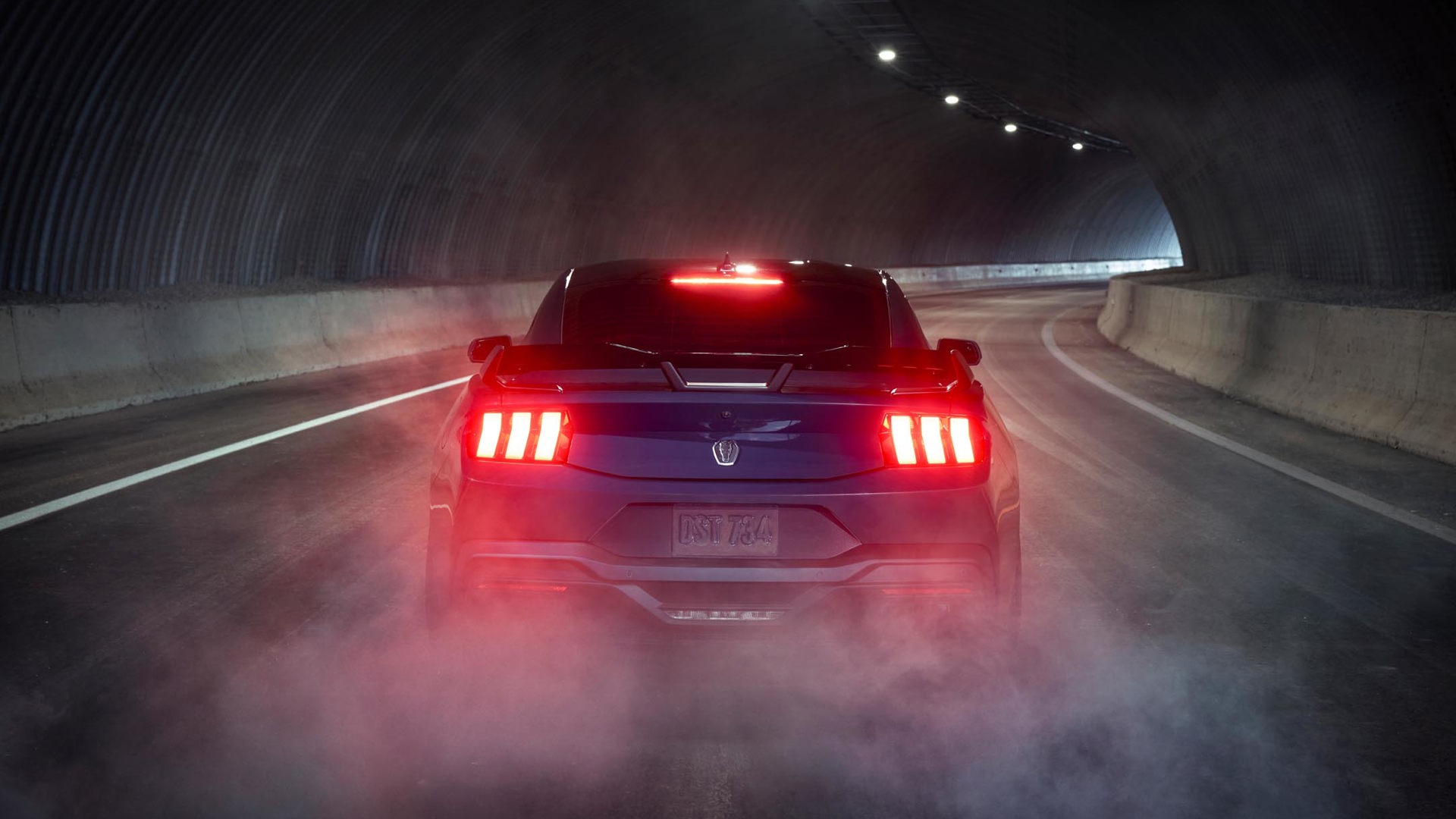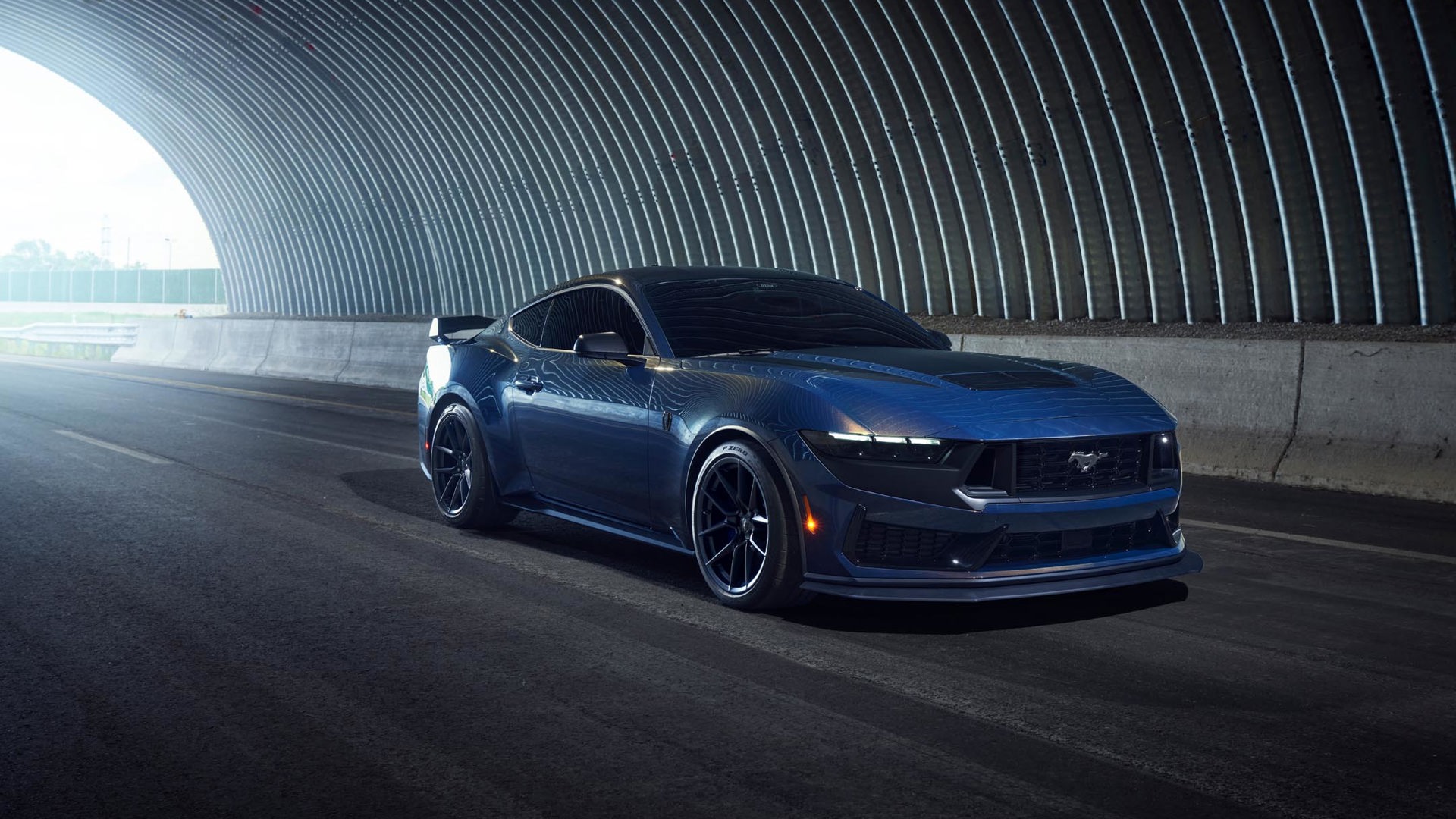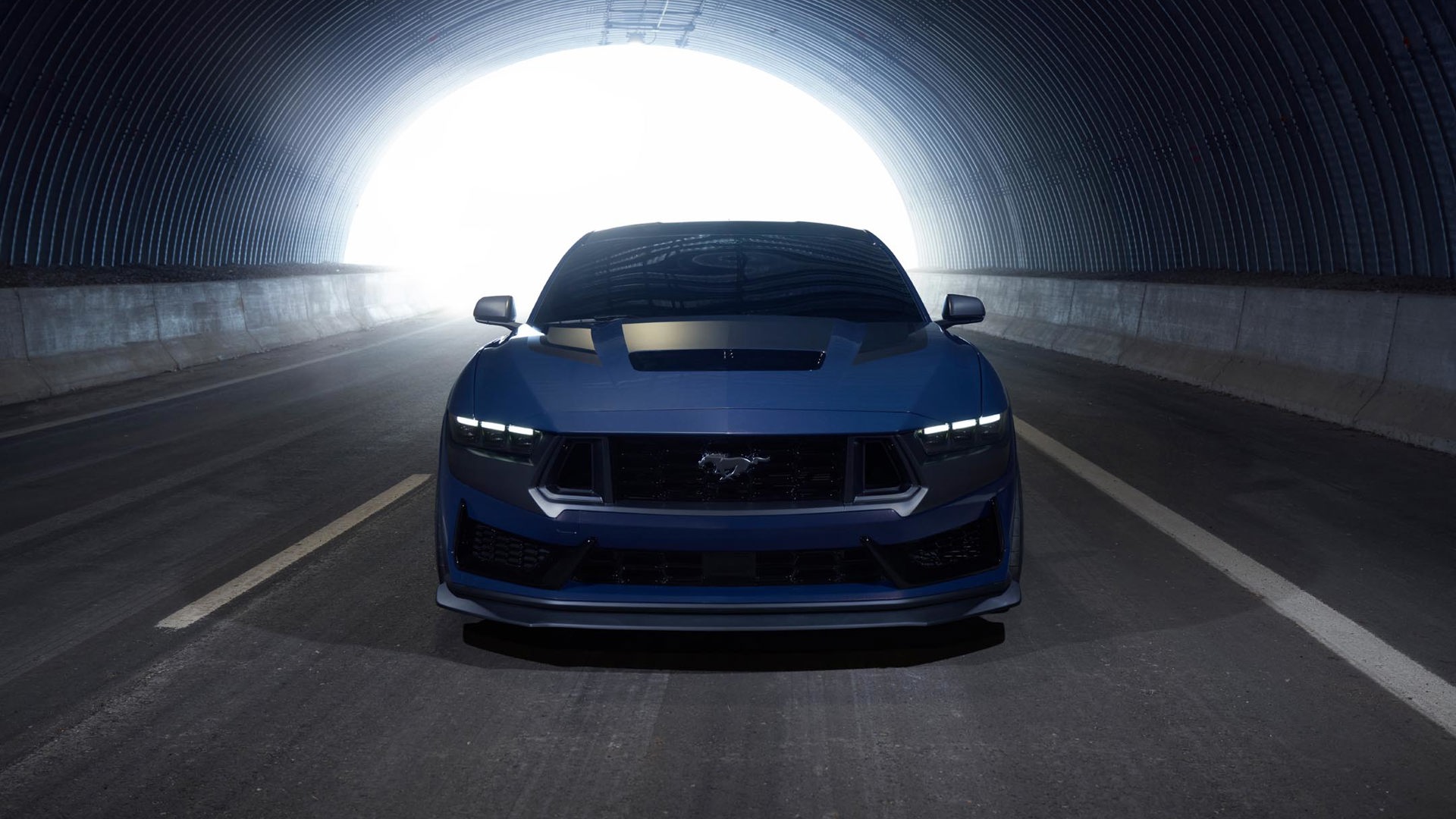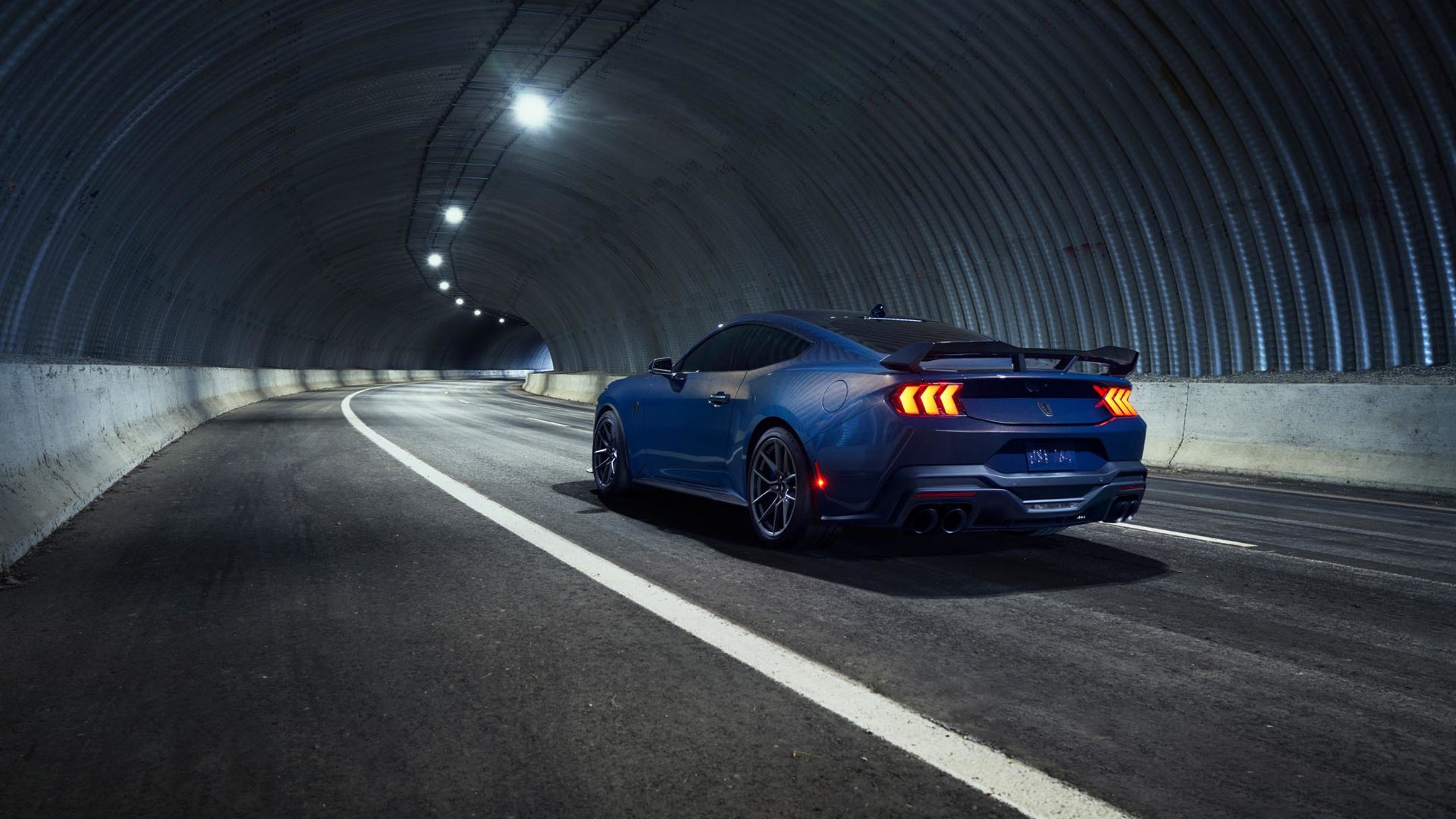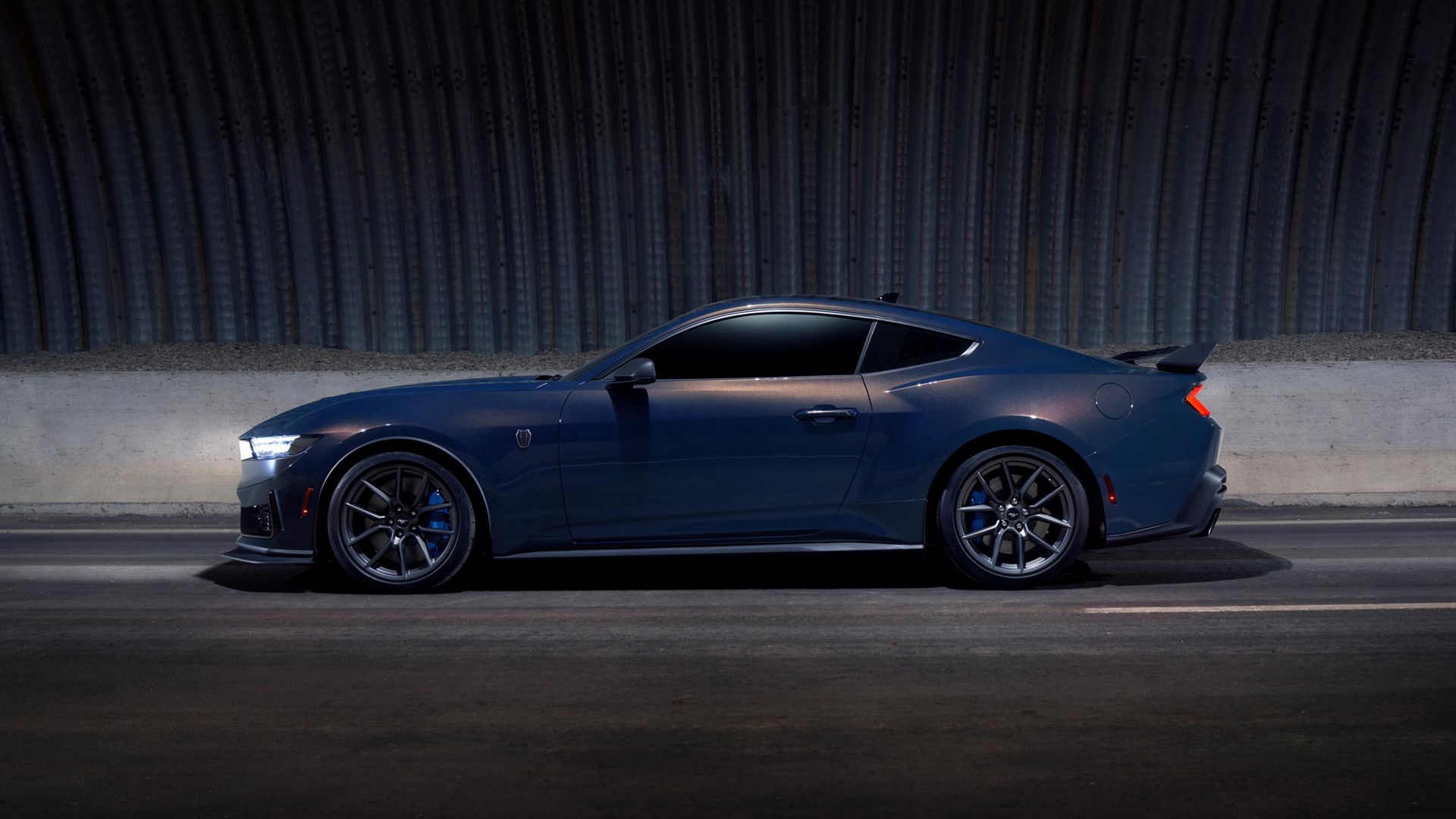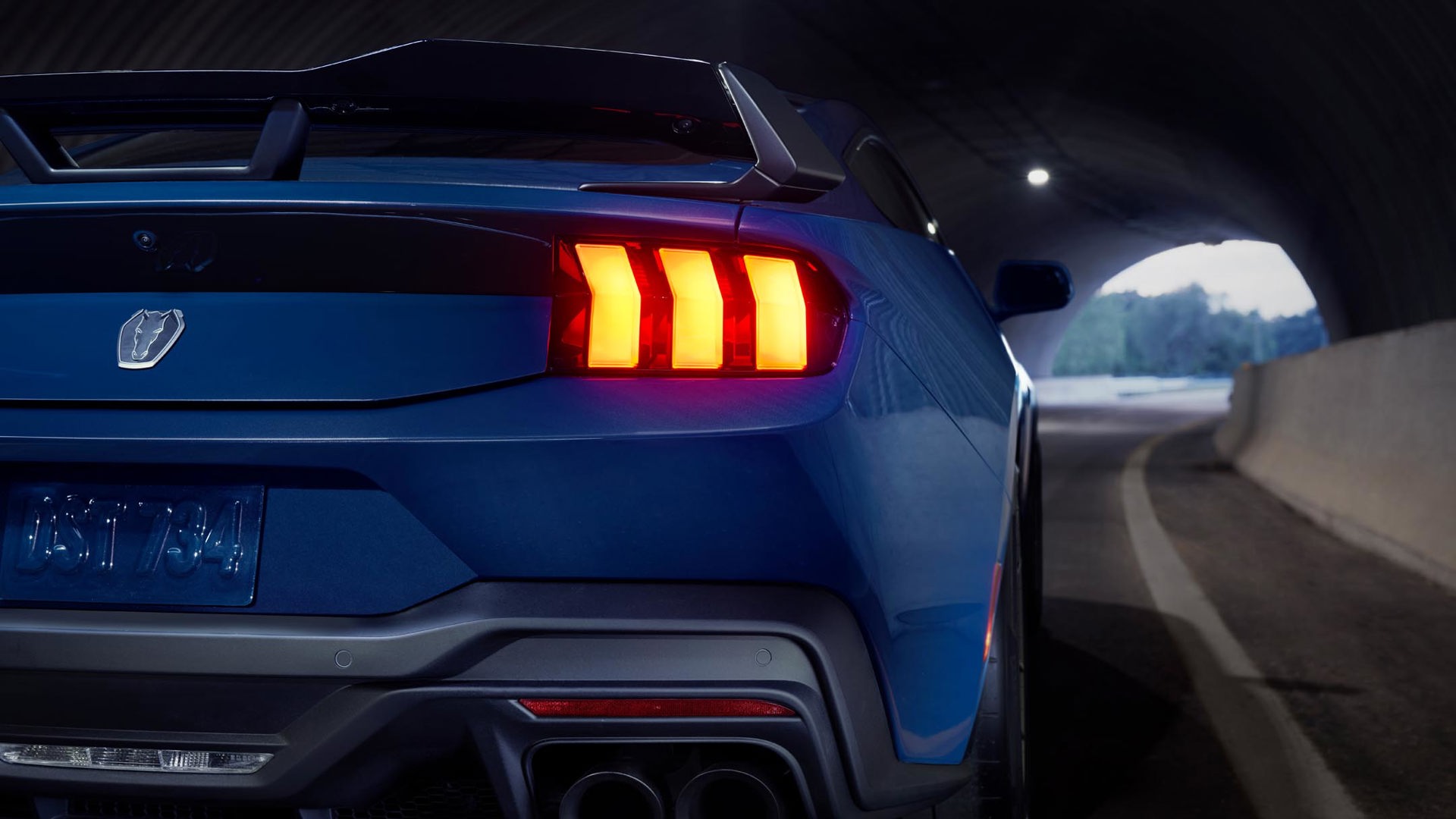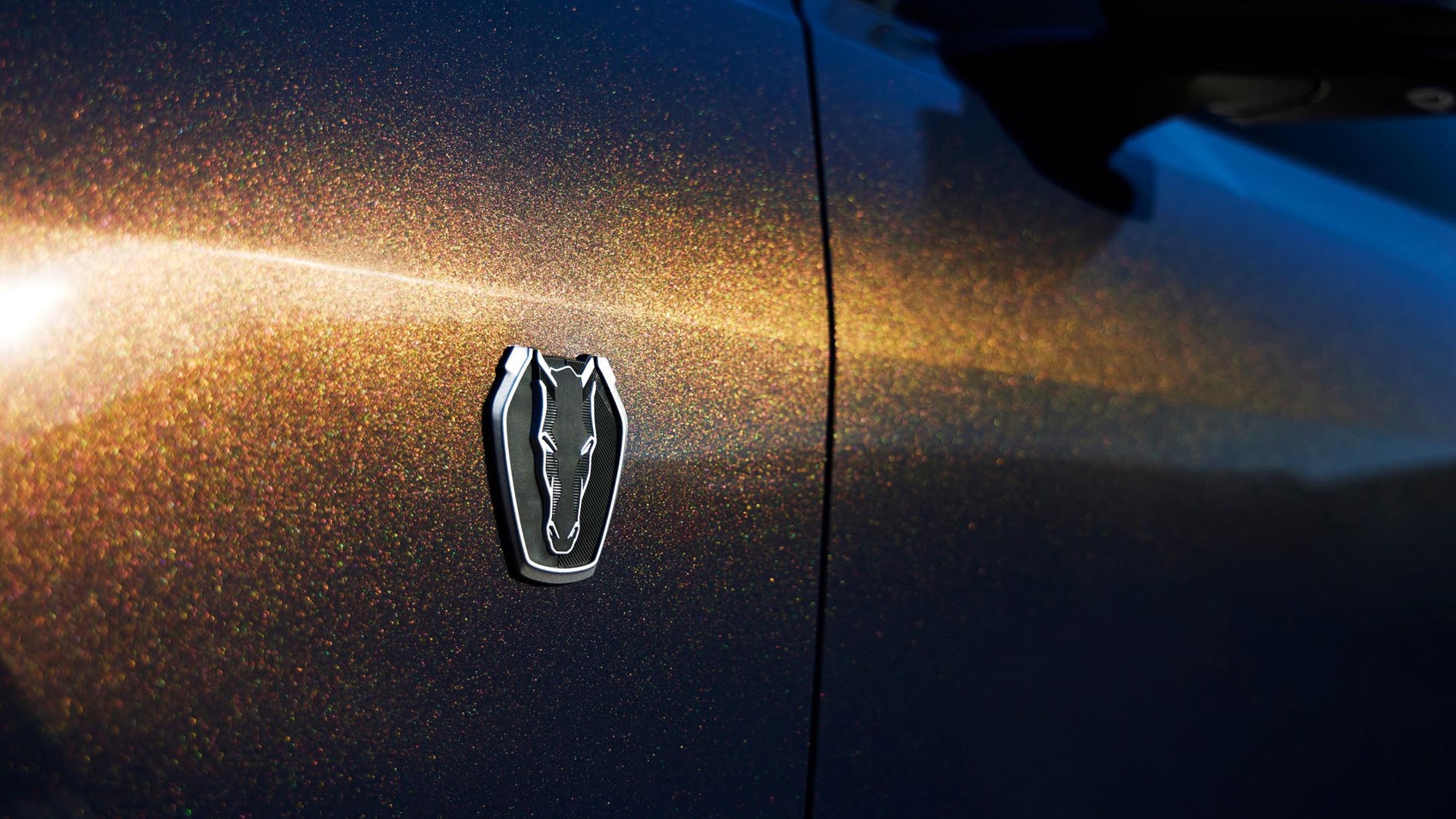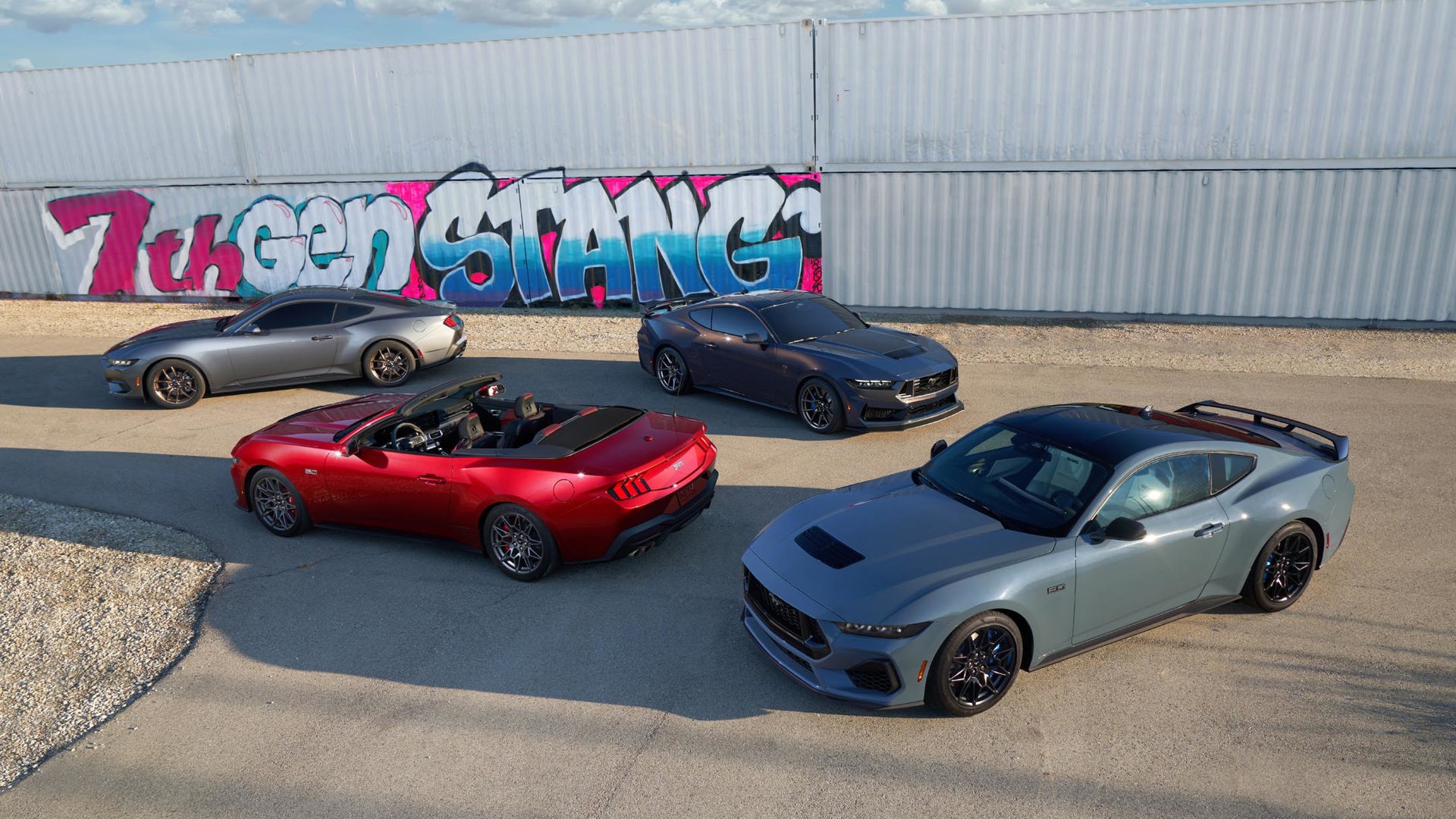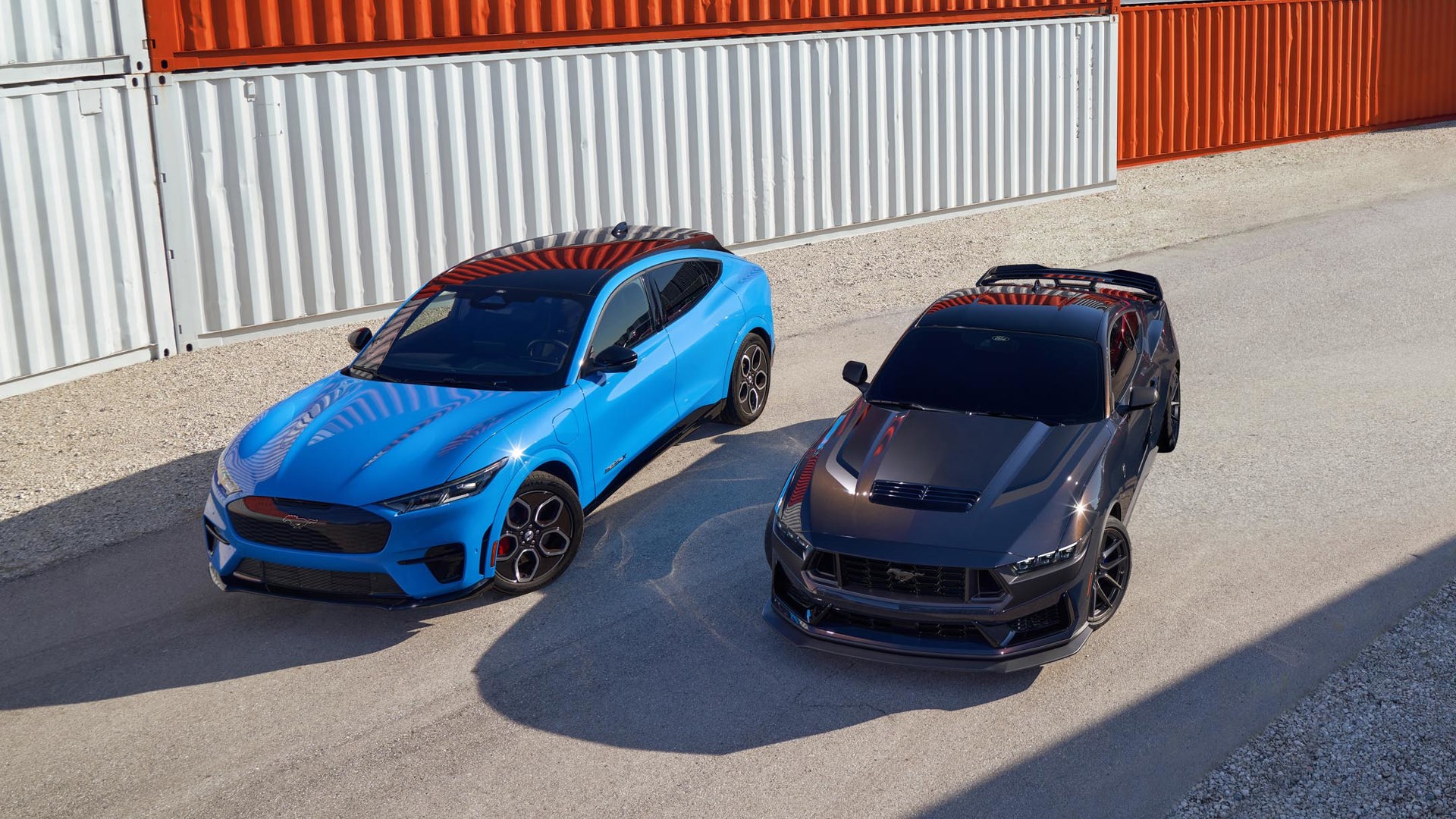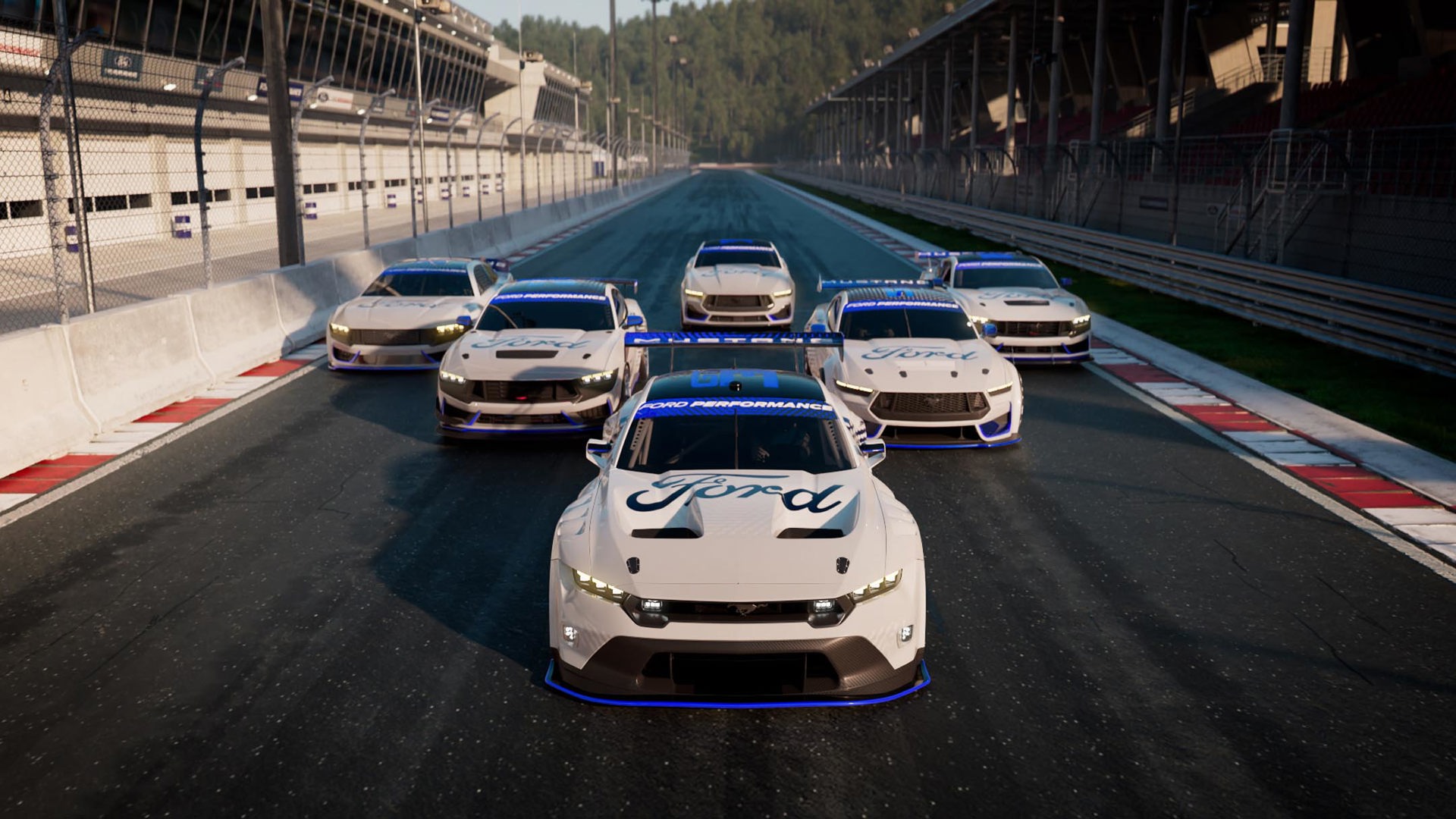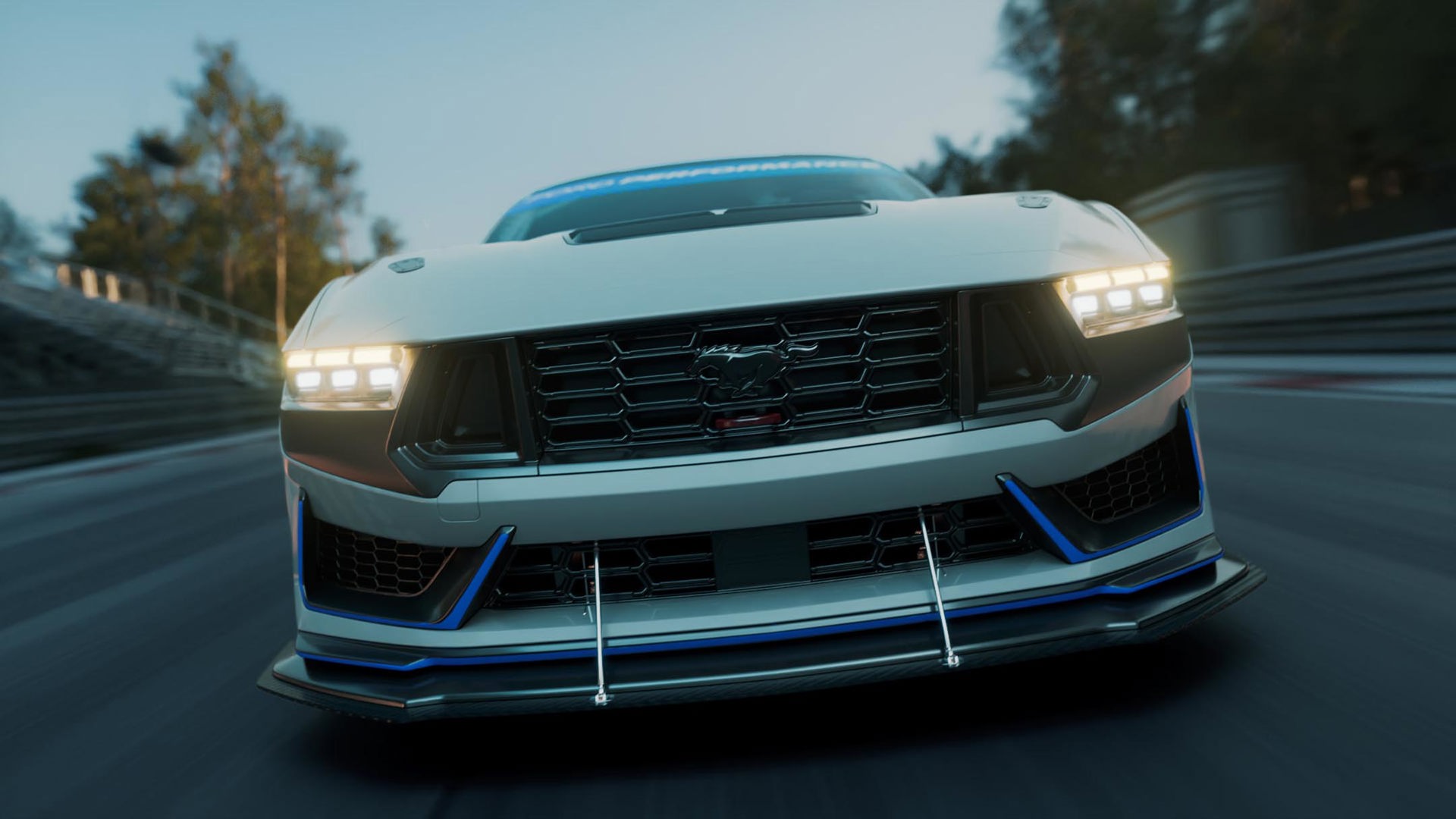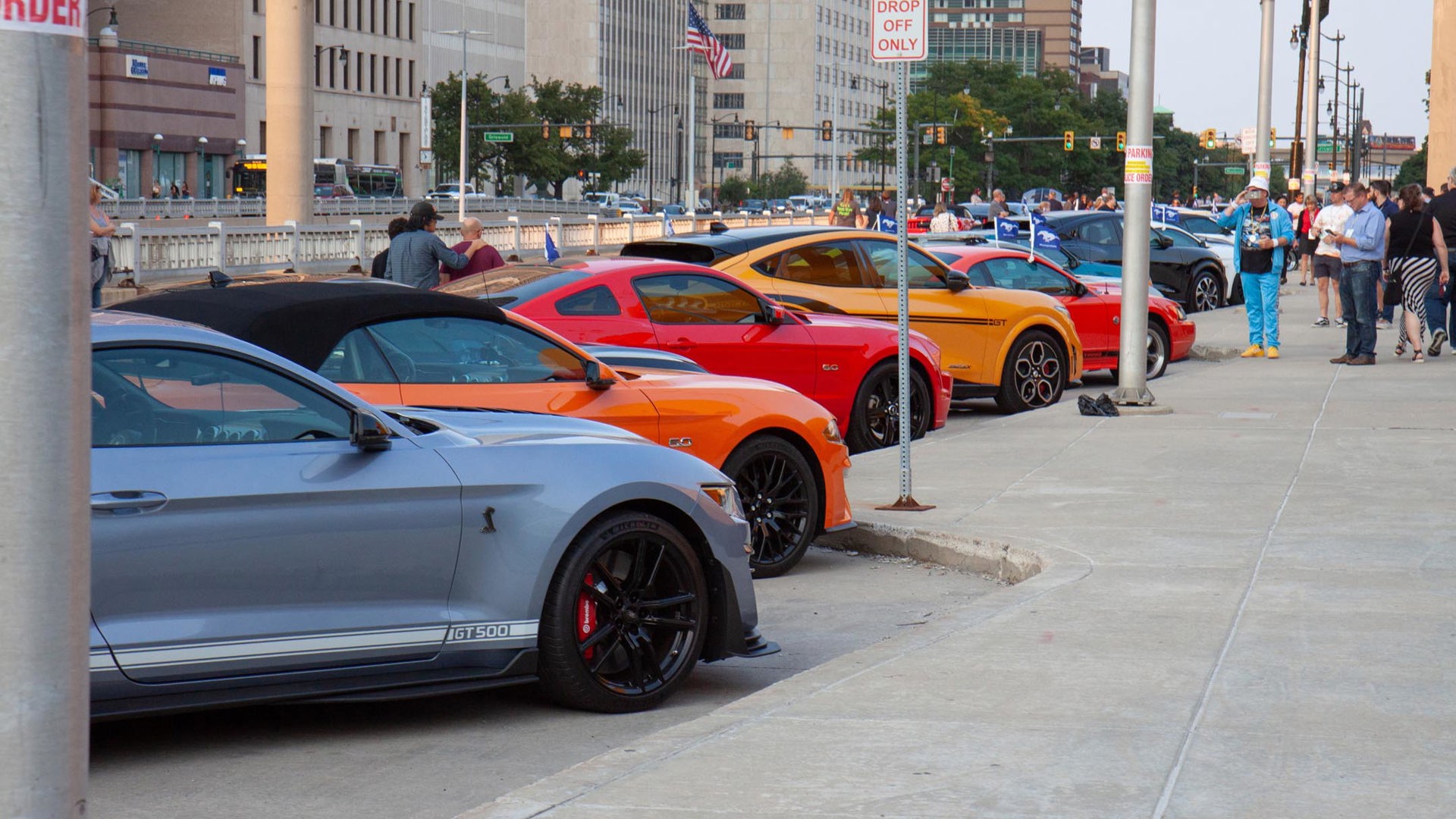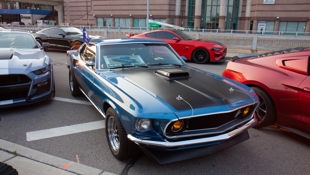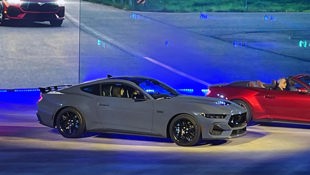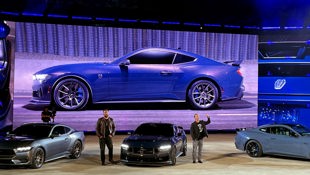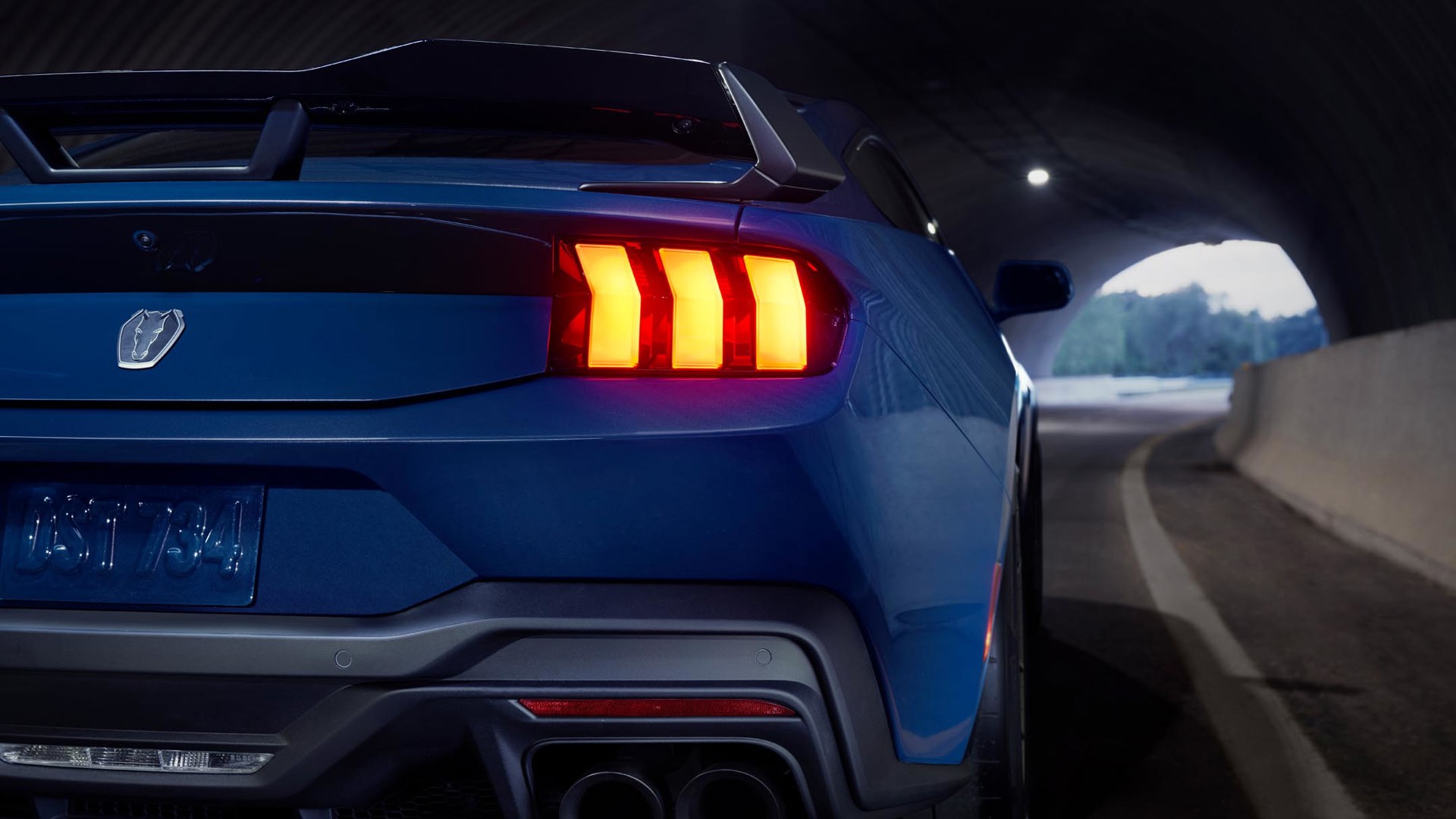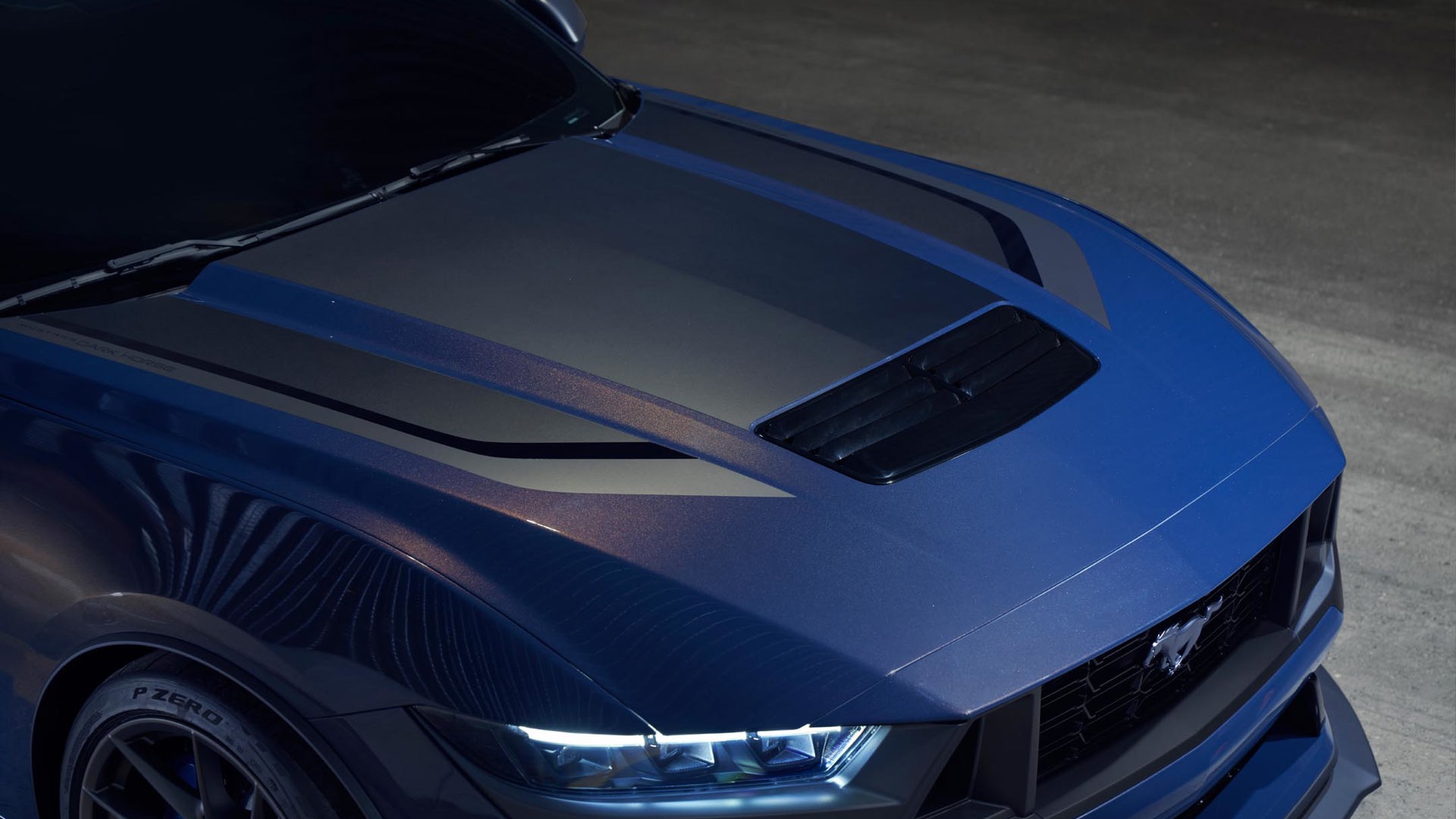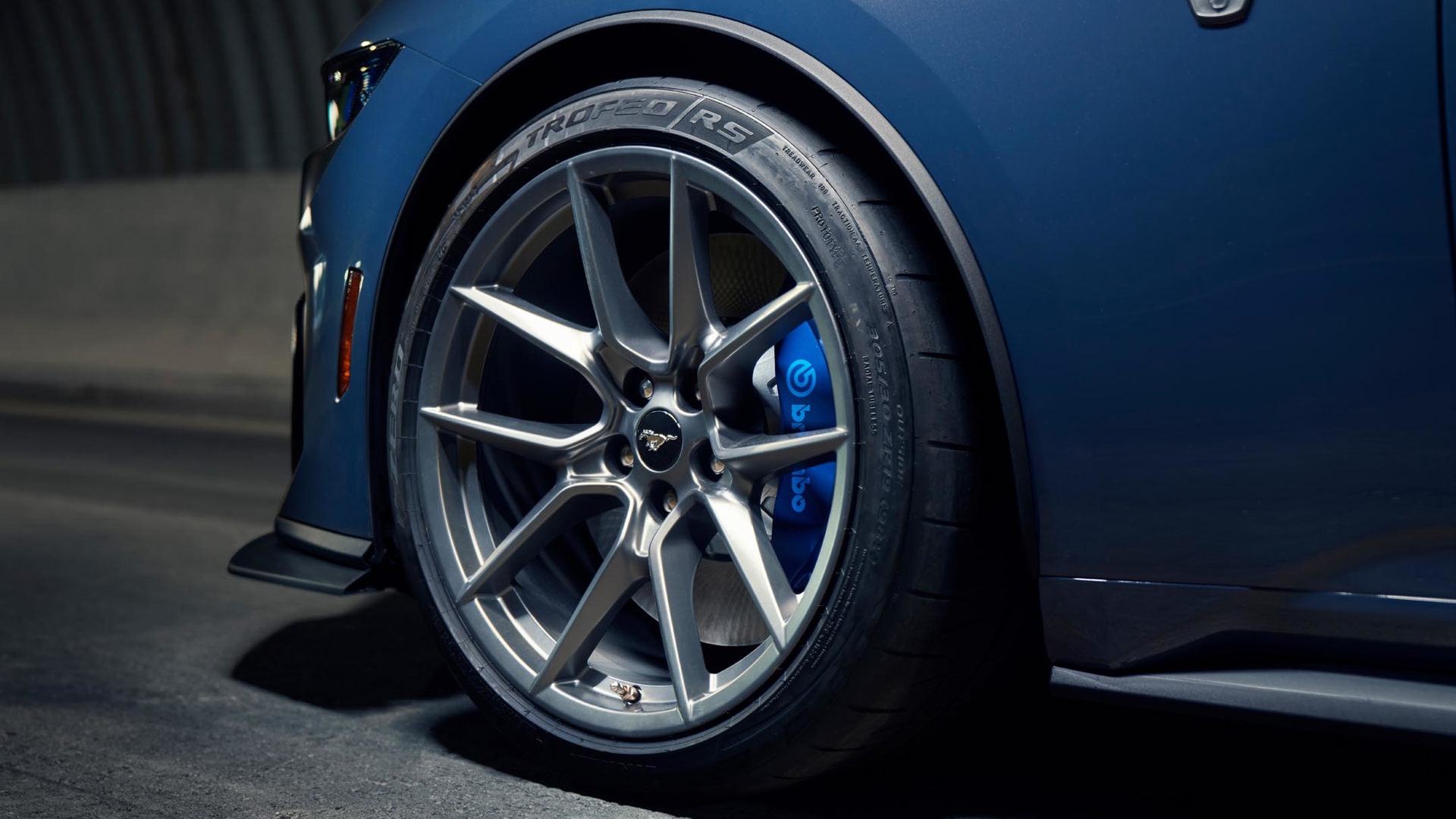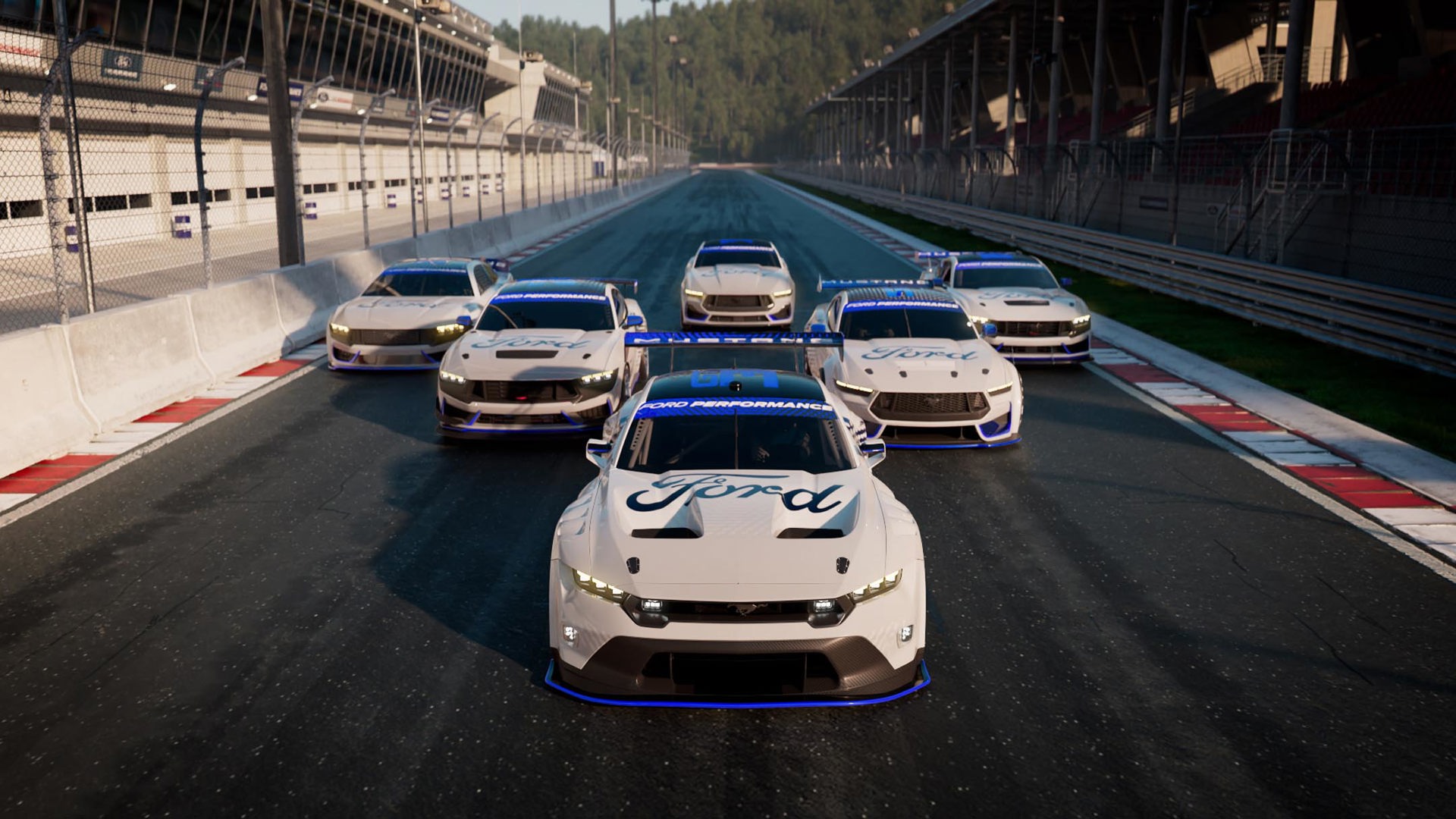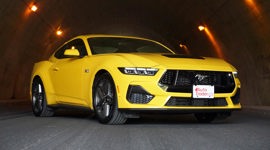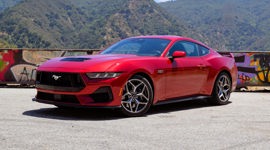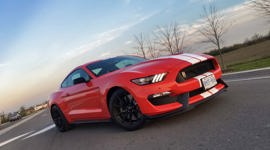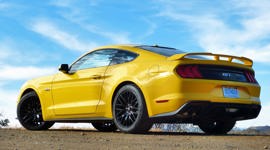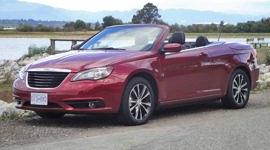DETROIT, Michigan – Jefferson Avenue played host to a veritable stampede when more than 1,000 Mustangs from across the country rolled in to welcome the latest model.
It’s been nearly six decades since Ford unveiled the very first Mustang in 1965. Not only is it the only pony car to have been in continuous production since it was introduced, but it’s also the world’s best-selling coupe, and the most successful launch in Ford’s history. Originally introduced as a fun little car for the budget-minded driver with modest expectations, the Mustang’s popularity exploded, with sales reaching one million in its first two years of production. It’s since gone on to be one of the most beloved American muscle cars of all time, and an icon for track and performance enthusiasts.
There’s a lot at stake when messing about with bona fides such as those. It took a long time for die-hard Mustang aficionados to warm up to the last design – arguably the best Mustang ever produced.
There was a heightened anticipation in the crowds at Hart Plaza awaiting the newest Mustang’s entrance. And judging by the cheers when it finally did roll onto the stage, they liked what they saw.
The seventh-generation Mustang’s styling isn’t a radical departure from the current model’s, it’s more of an evolution with a sleeker, more refined appearance. The sheetmetal is all new and does away with the deep undercuts in the side panels.
While the front end retains the traditional shark nose, the grille is more aggressive, particularly in the GT model to help further distinguish it from the more sedate EcoBoost. Triple LED projector headlights are standard, and the signature tri-bar running lights now sit on top of each projector.
While the previous rear end featured a small lip overhanging rectangular horizontal panels, the new Mustang’s rear deck is much more pronounced, and beneath it a deep crease runs through the taillights for the entire width of the car. The sloping rear windshield, new tail, and underbody cladding are designed to increase downforce and improve aerodynamics.
There are myriad opportunities for customization, with a variety of exterior colour themes, multiple calliper colours (even pony logos) for the Performance Pack’s Brembo brakes, an astounding 12 different wheel choices, and a new Design series that offers bronze-coloured badging and trim.
The cabin receives an upgrade in quality with new premium materials, better craftsmanship, and finer textures on plastic surfaces.
A new flat-bottomed wheel is the focal point of the driver-centric cockpit, behind which a 12.4-inch digital instrument cluster and 13.2-inch touchscreen are angled towards the driver. Like the Hummer EV, the Mustang uses the same Unreal 5 gaming software and Sync 4, for quick responding, high-quality animation and graphics.
Of course, just as important as the Mustang’s new looks are what lies within. Powering the new pony will be the same 2.3-litre turbocharged EcoBoost four-cylinder, and 5.0-litre V8, but there are no confirmed increases in horsepower and torque numbers yet. EcoBoost-equipped vehicles will be available with a 10-speed automatic transmission only, while V8 models can also opt for a six-speed manual. An optional Performance Pack adds a limited slip rear differential, Brembo brakes, and wider rear wheels. Additional add-ons with the Performance pack are MagnaRide adaptive dampers, Recaro seats, and a sports-tuned active exhaust. An all-new “electronic drift brake” comes standard with the Performance Pack on all new Mustangs, and has the nostalgic feel, look, and capability of a traditional mechanical handbrake.
Ford managed to save its biggest surprise until the end: A track-focused high-performance variant called Dark Horse. Boasting a massaged Coyote 5.0-litre V8 with 500 horsepower, paired with a Tremec six-speed manual or 10-speed automatic, the Dark Horse is the first Mustang that’s track-ready right off the production line. It’s also the first track-focused Mustang variant not to wear Shelby badging, but instead has its own Dark Horse badging on decklid and fenders.
Its unique front end looks menacing, with large air ducts and jutting air splitter. A fixed rear wing, diffuser, and quad tailpipes finish up the rear.
Underpinning the Dark Horse are MagnaRide adaptive dampers and lightweight carbon fibre wheels. Standard are Brembo six-piston callipers with 13.9-inch rotors. An optional handling package adds stiffer springs, a rear wing, larger front and rear sway bars, and Pirelli P Zero Trofeo RS performance tires on one inch wider rims.
The 2024 Ford Mustang is assembled in Flat Rock, Michigan. While prices aren’t available yet, it is expected to arrive in summer of 2023.
